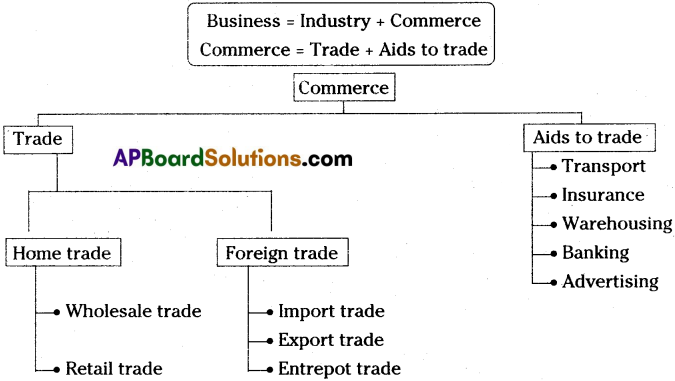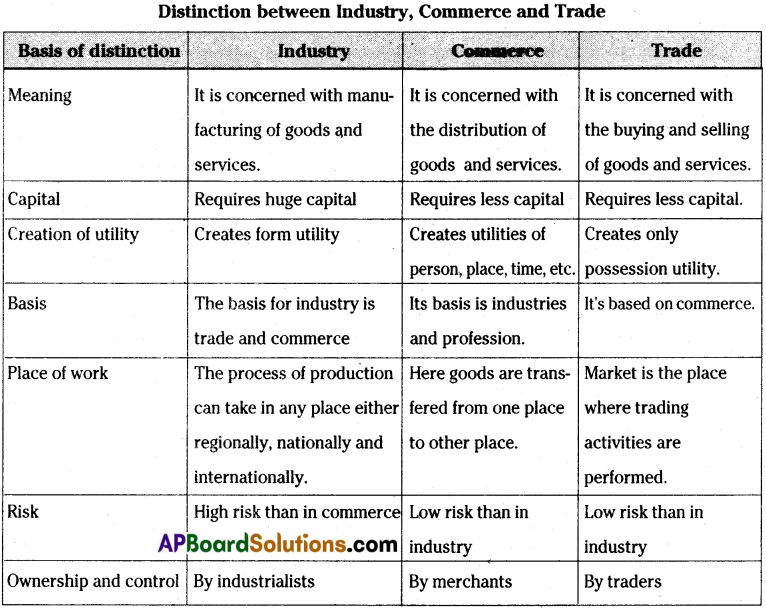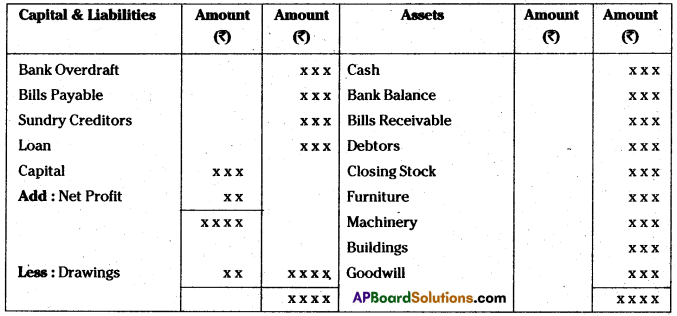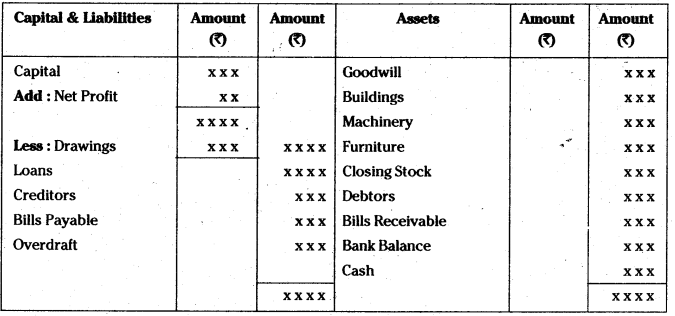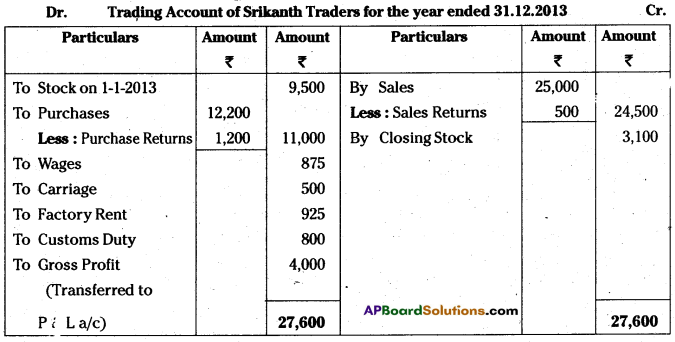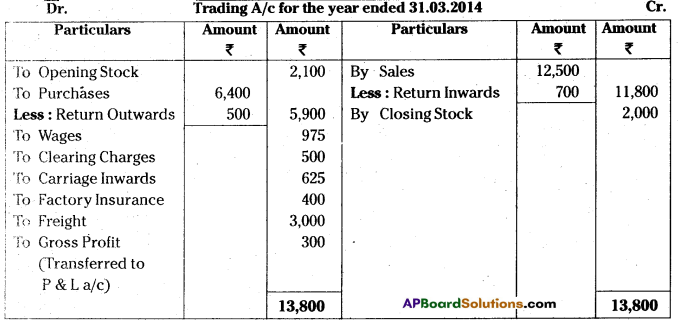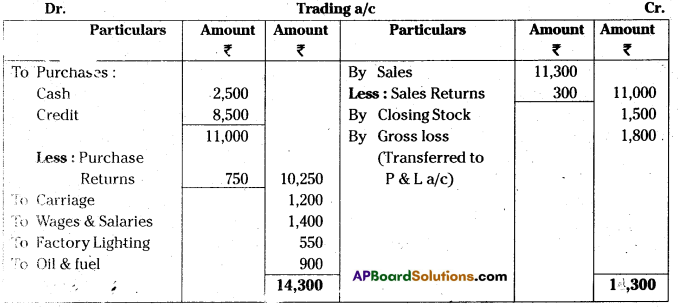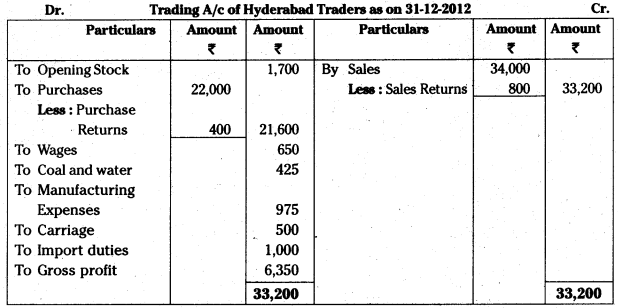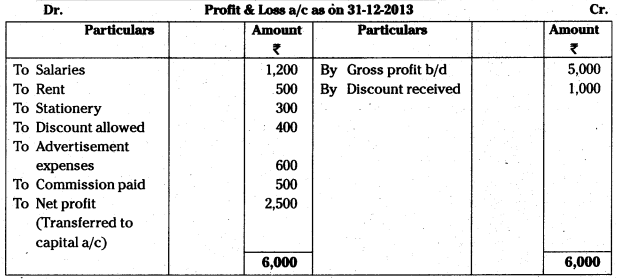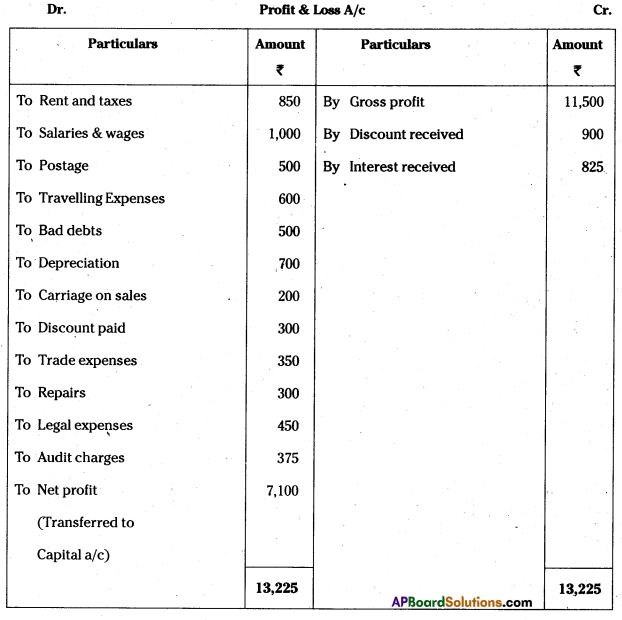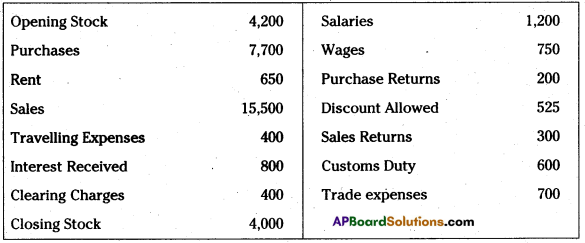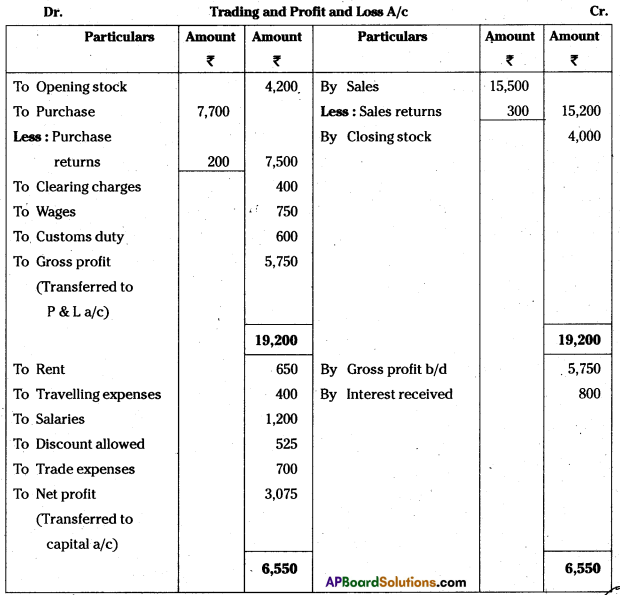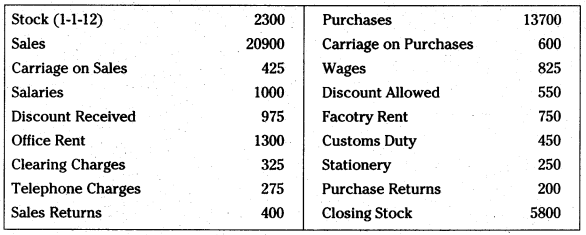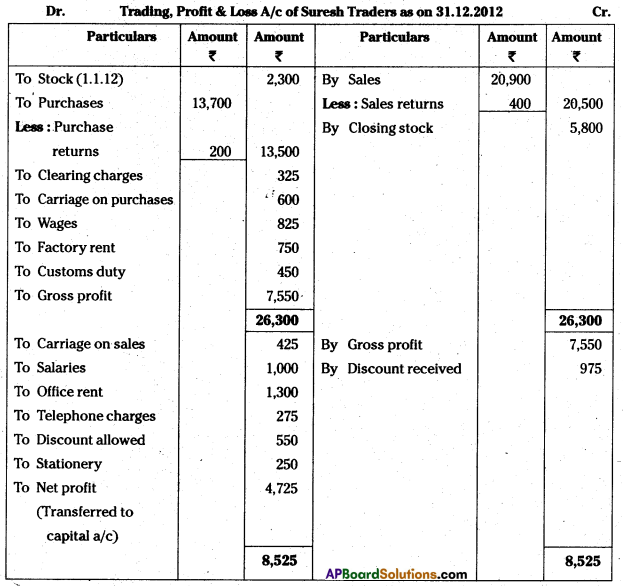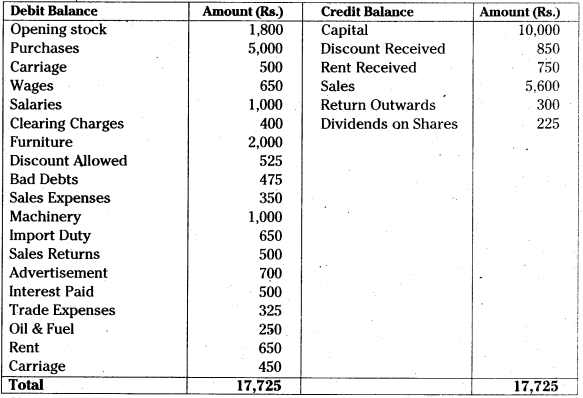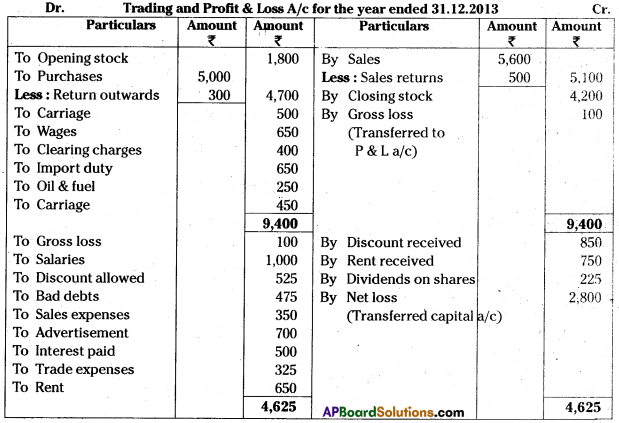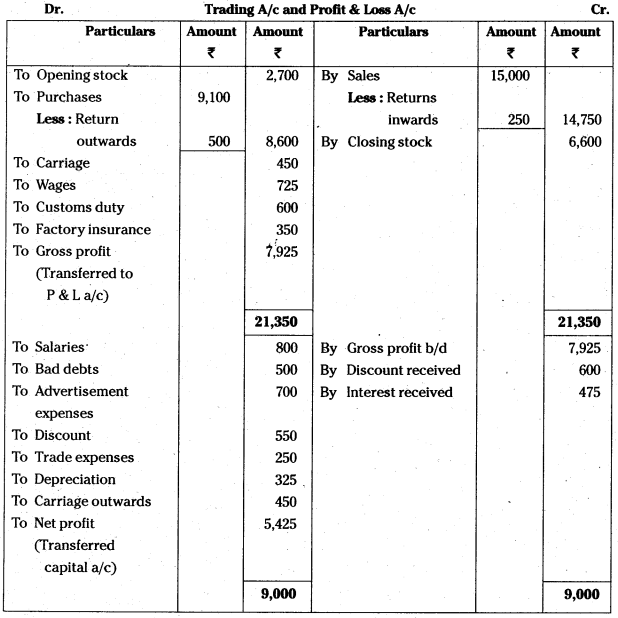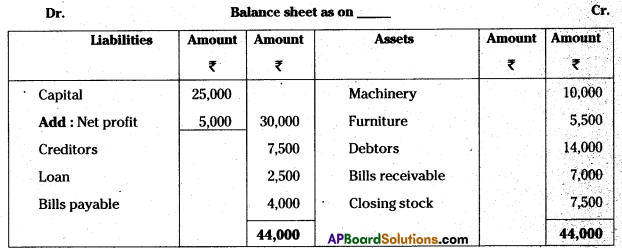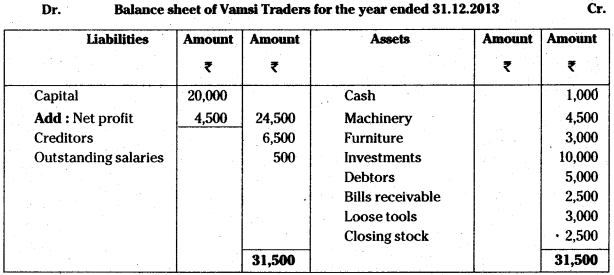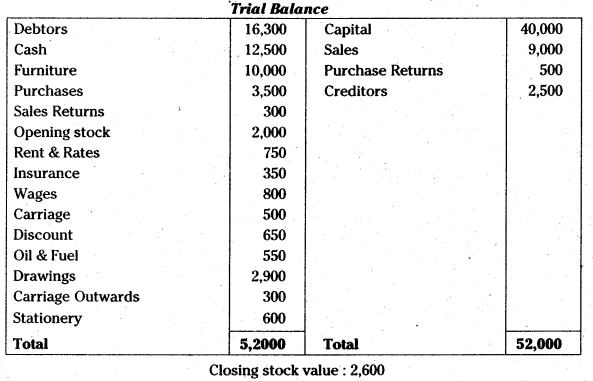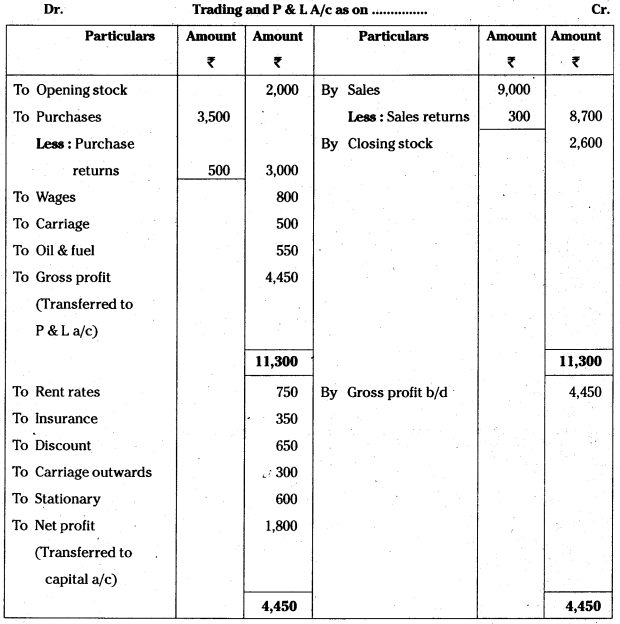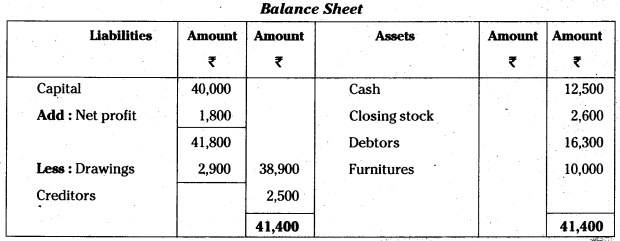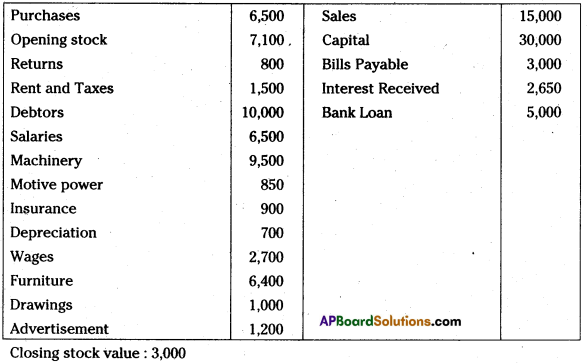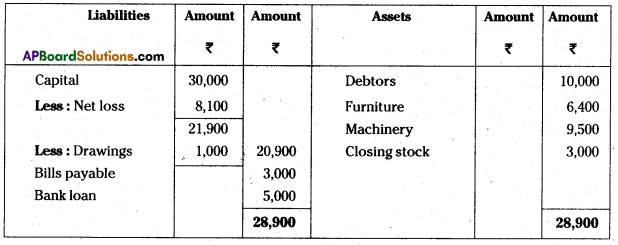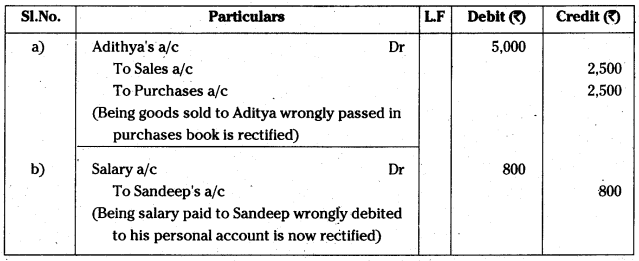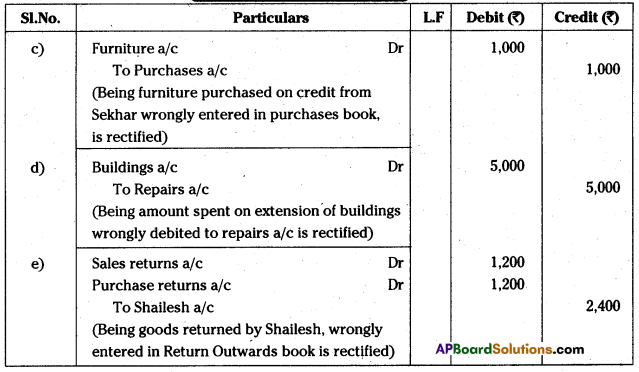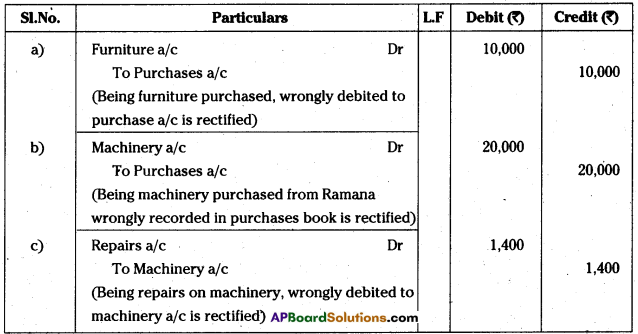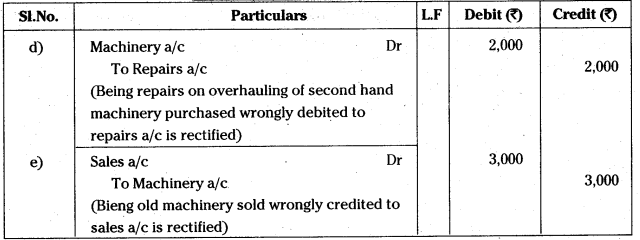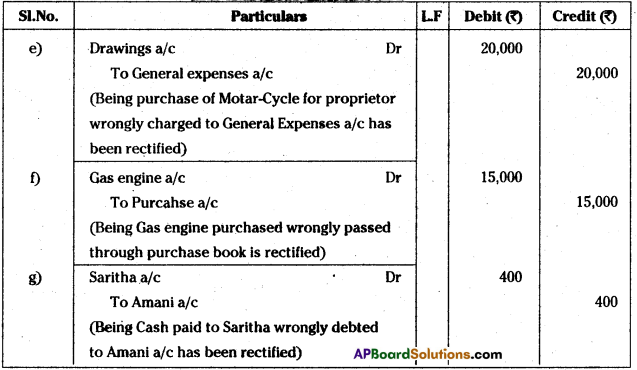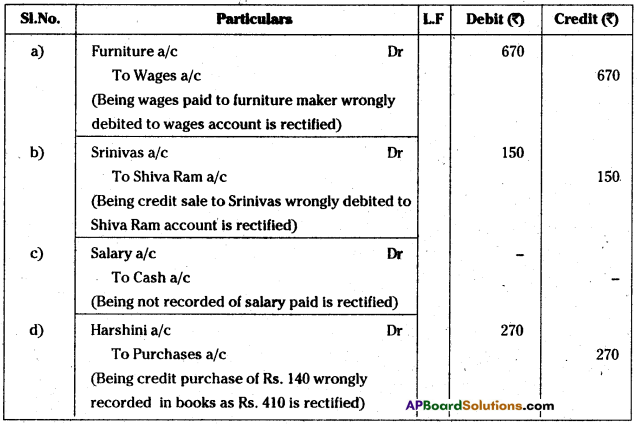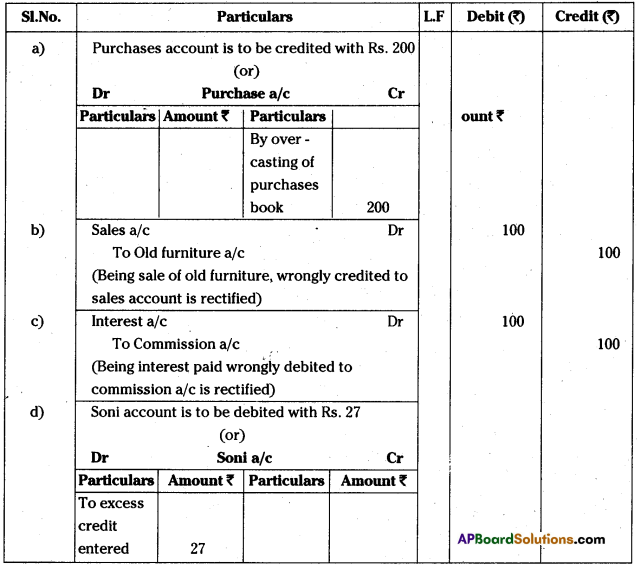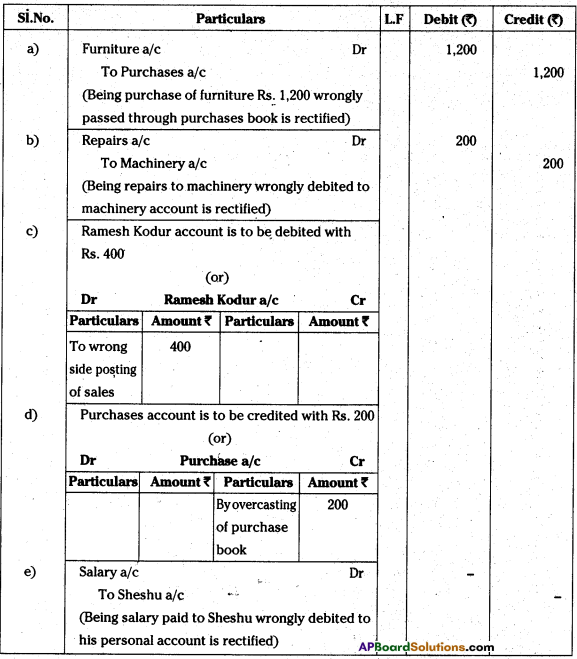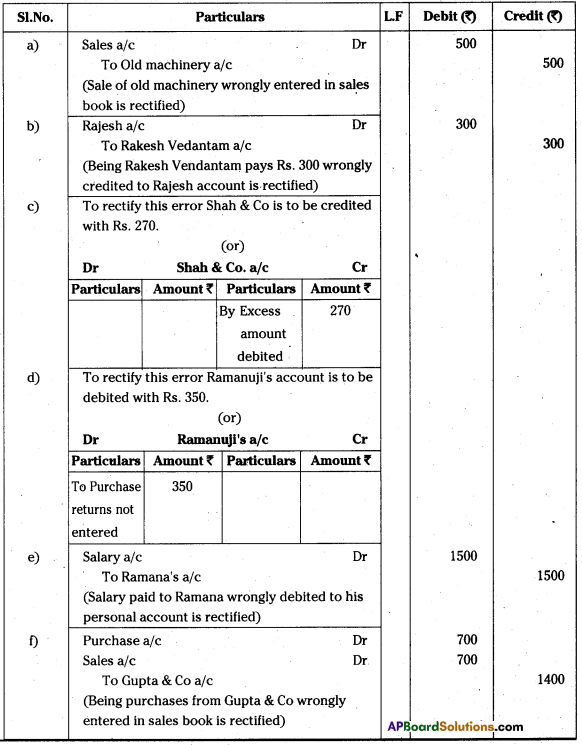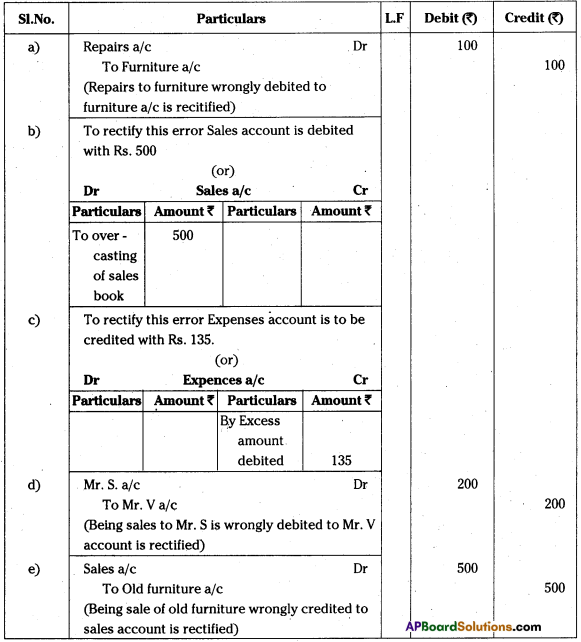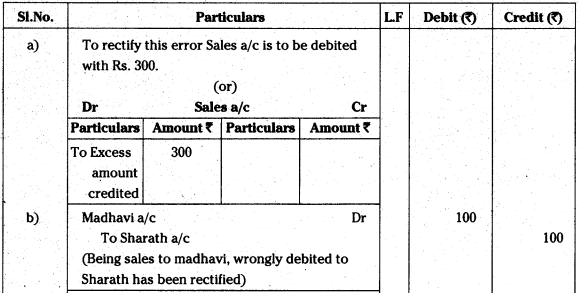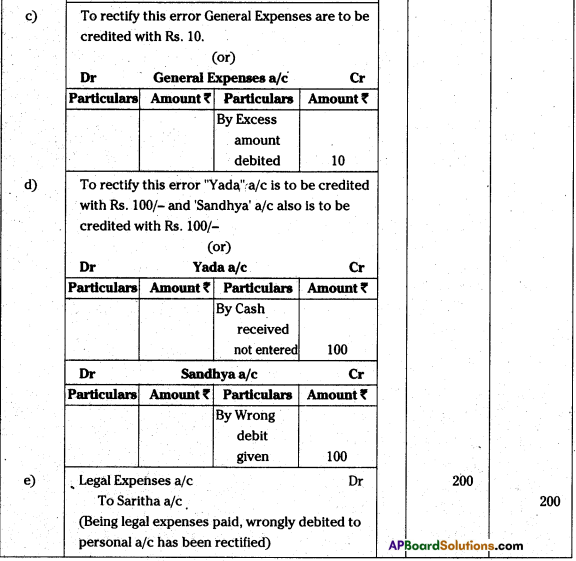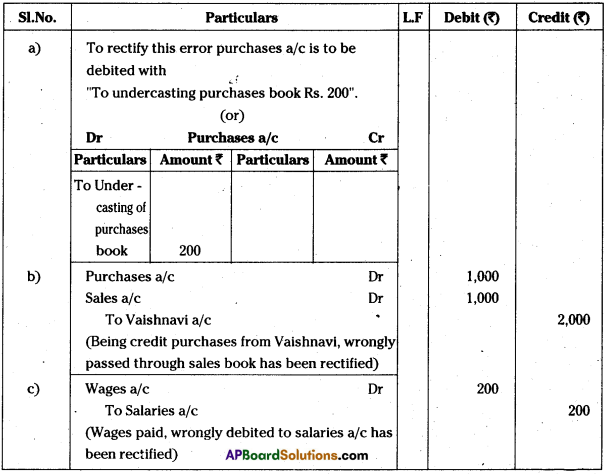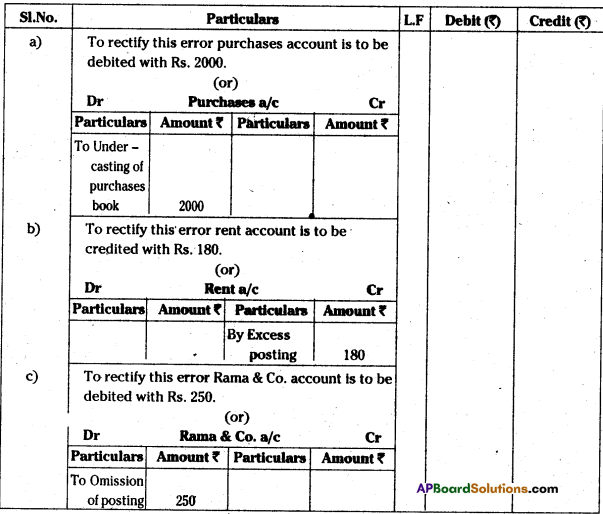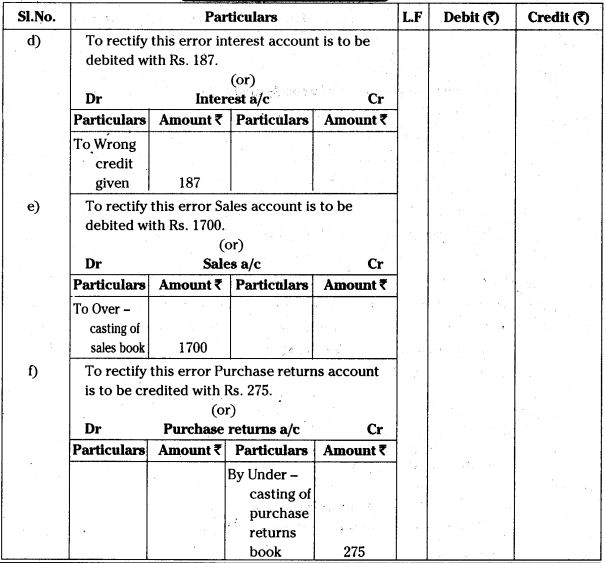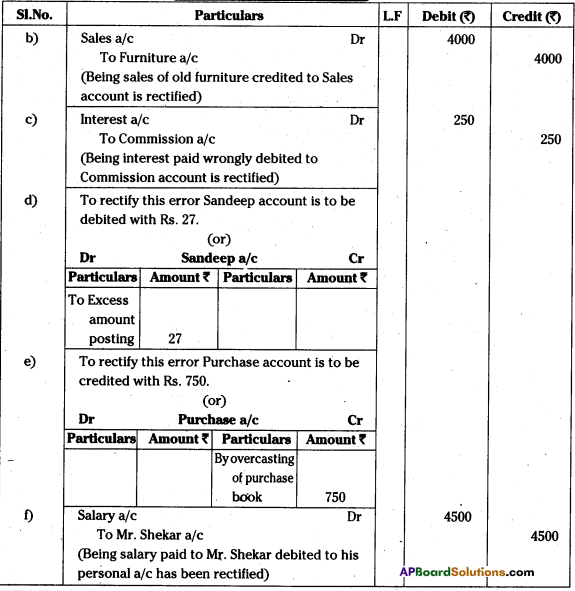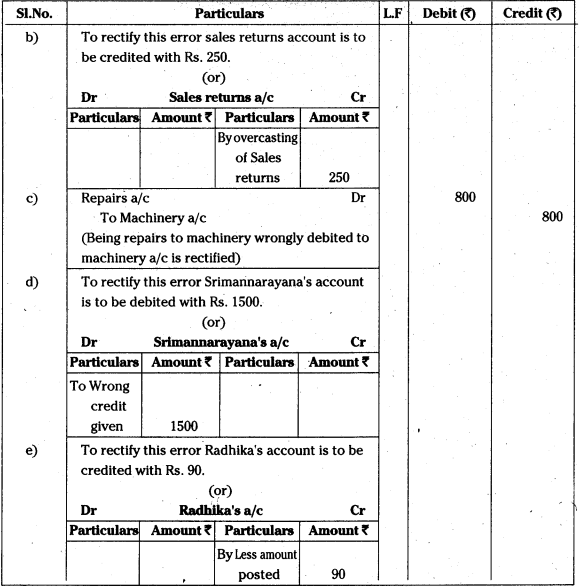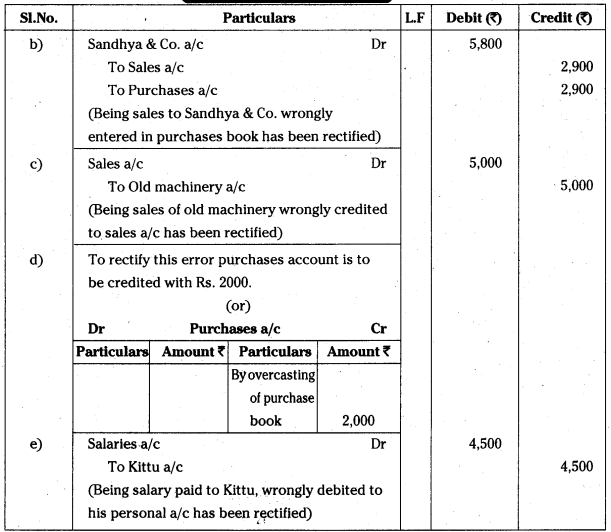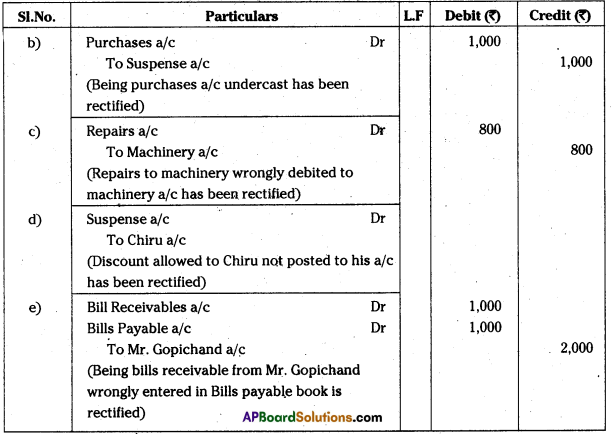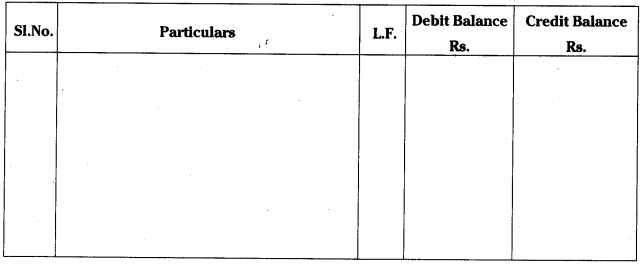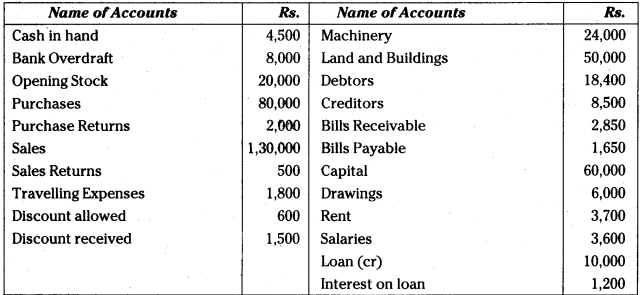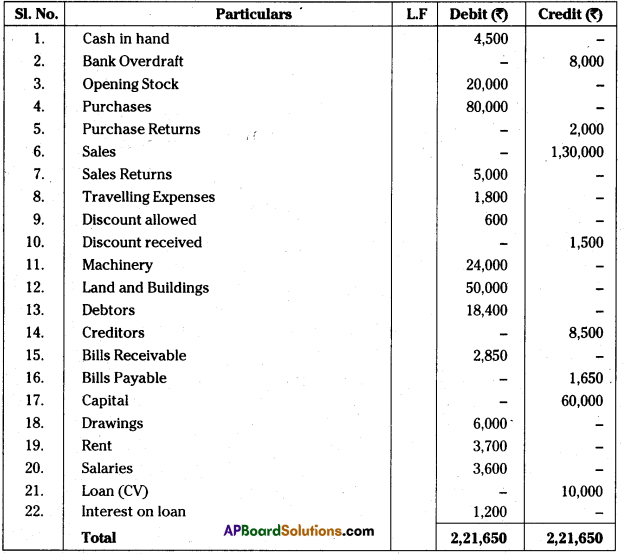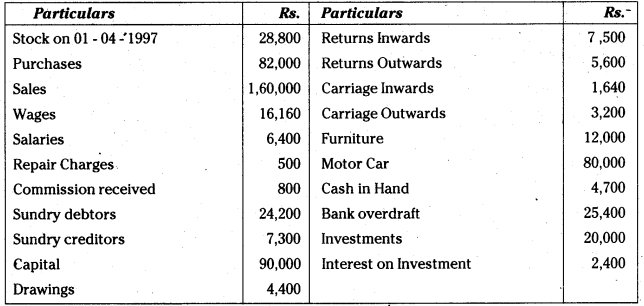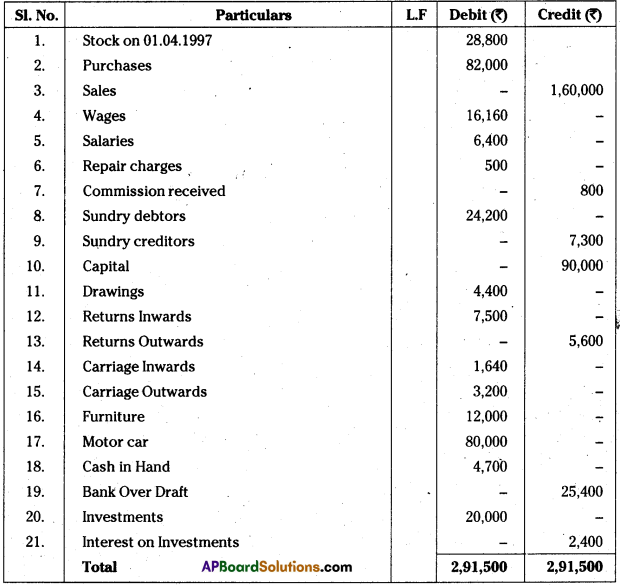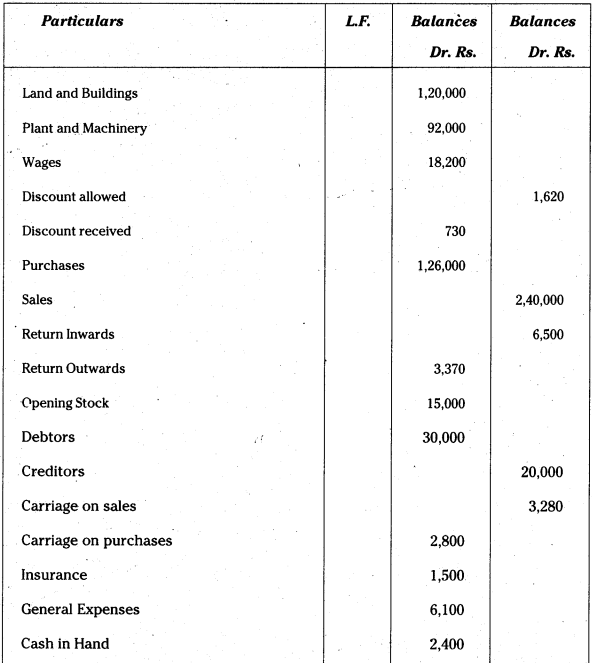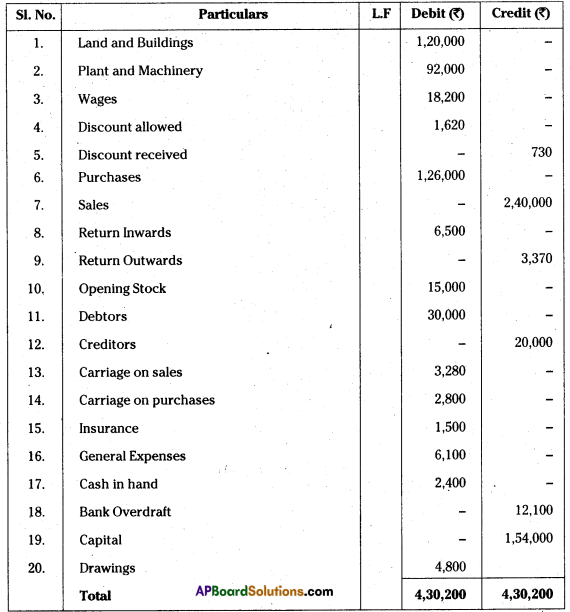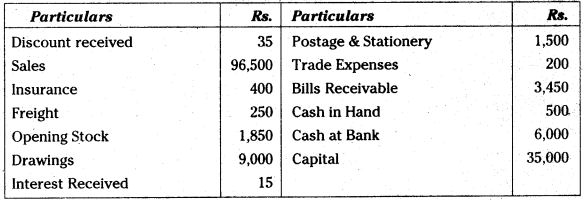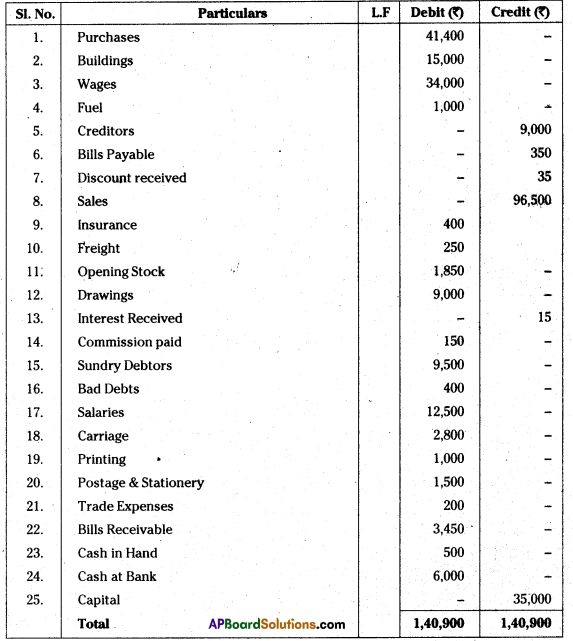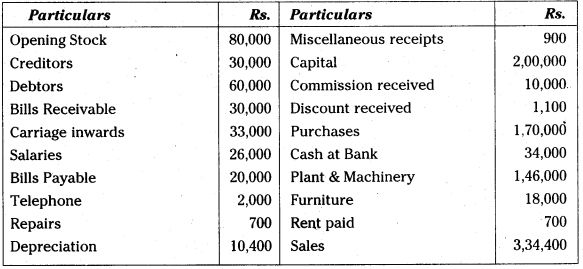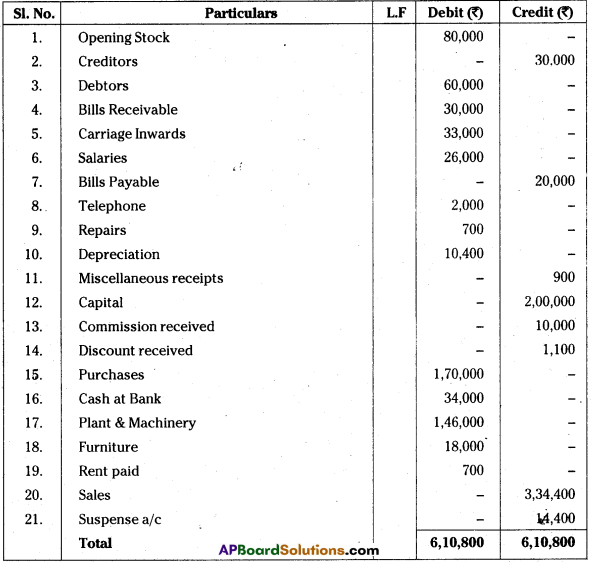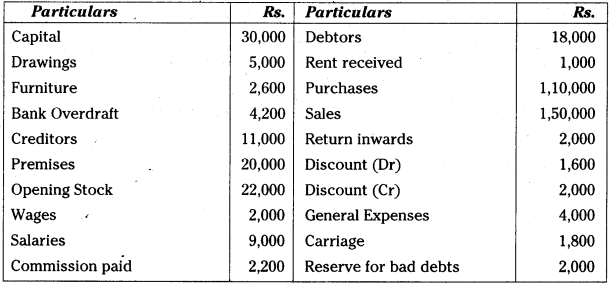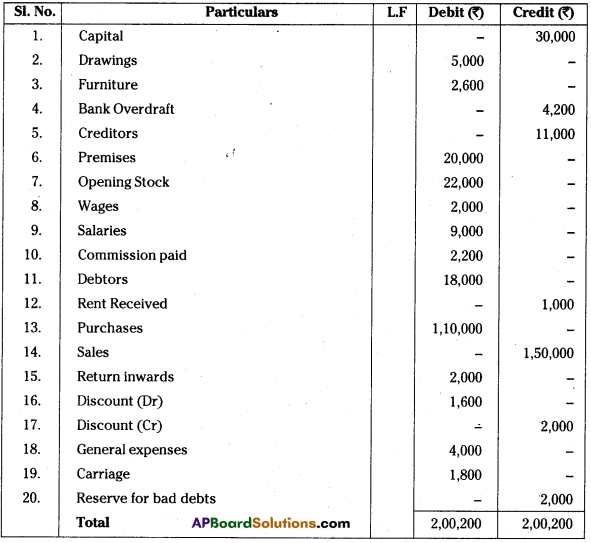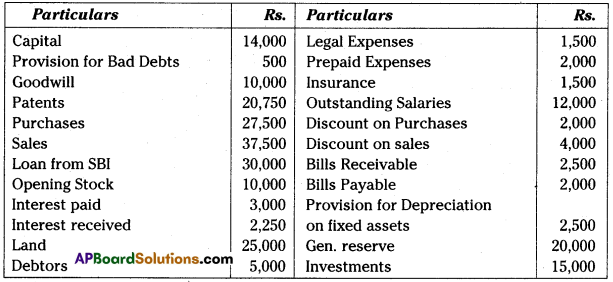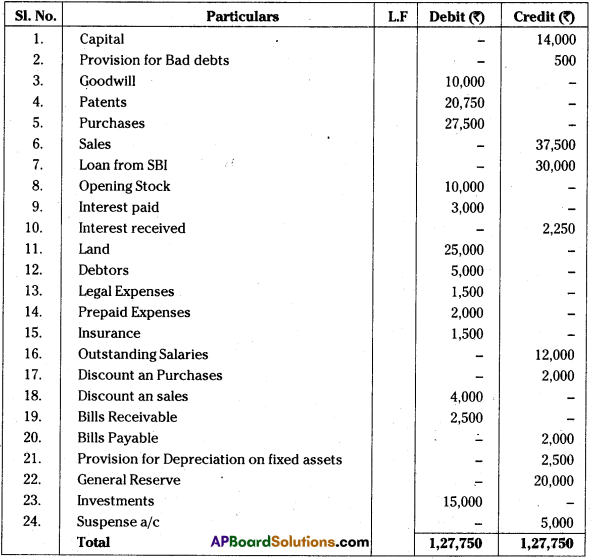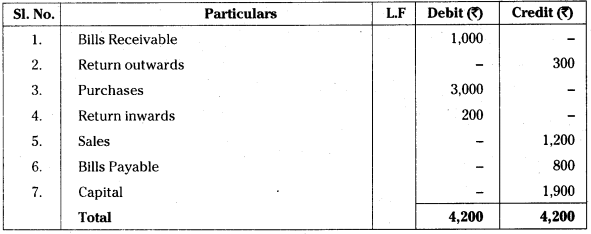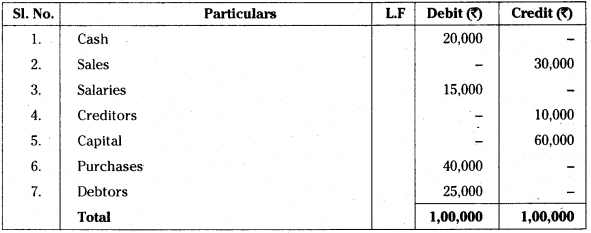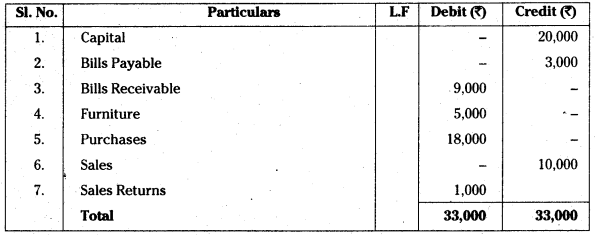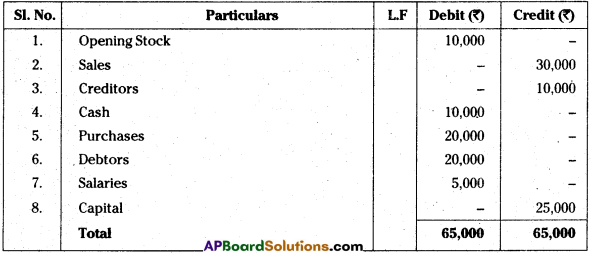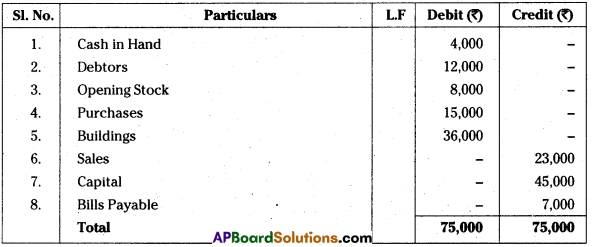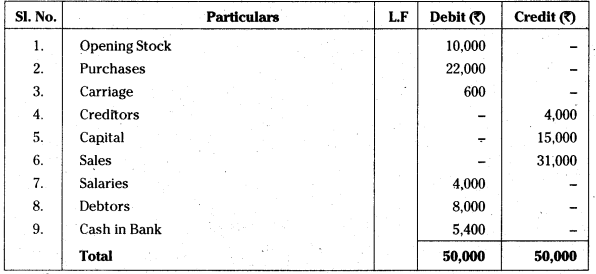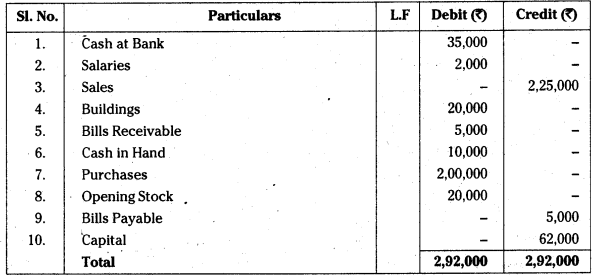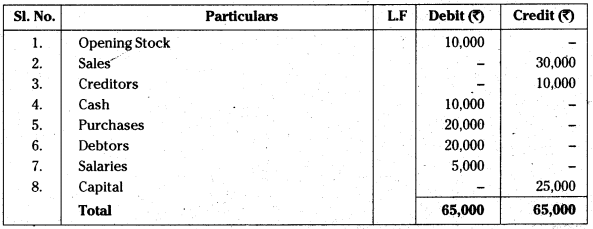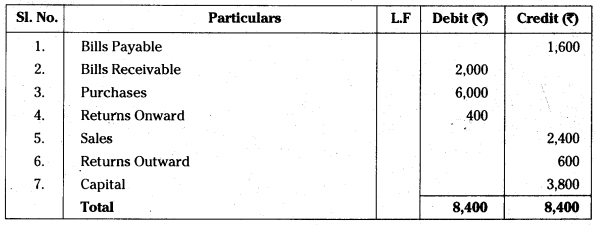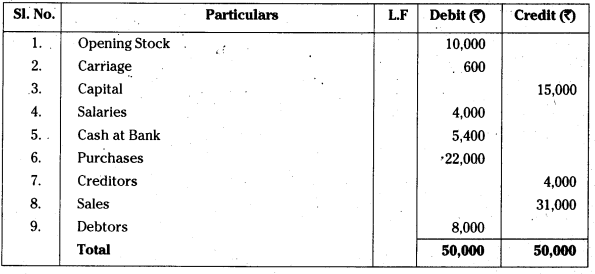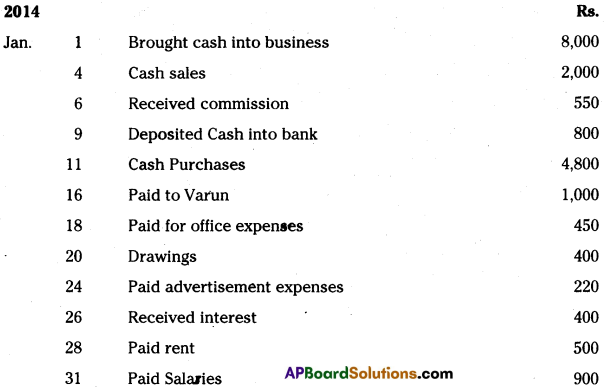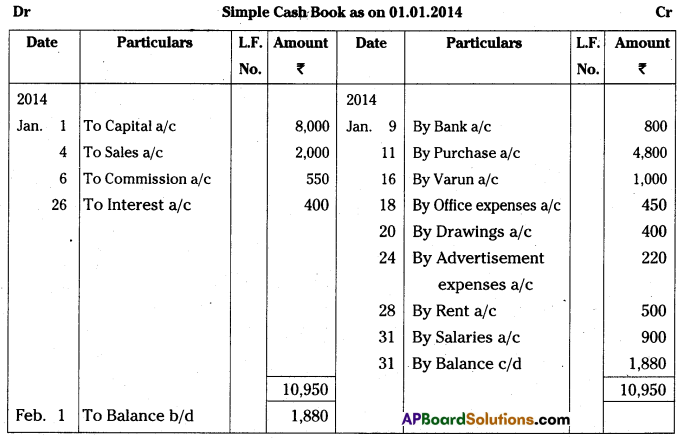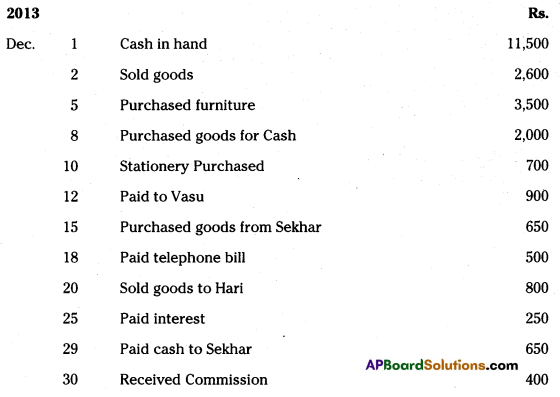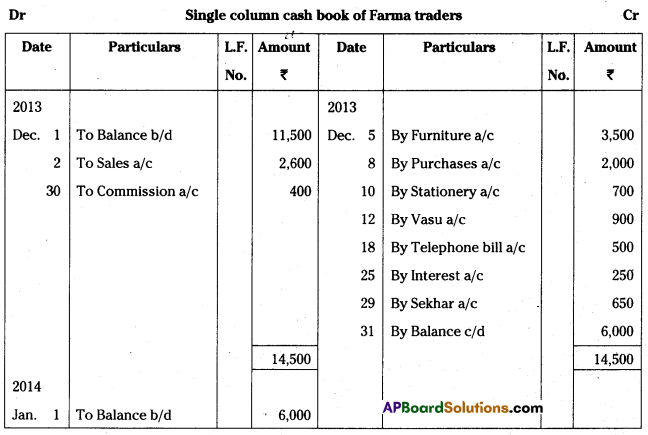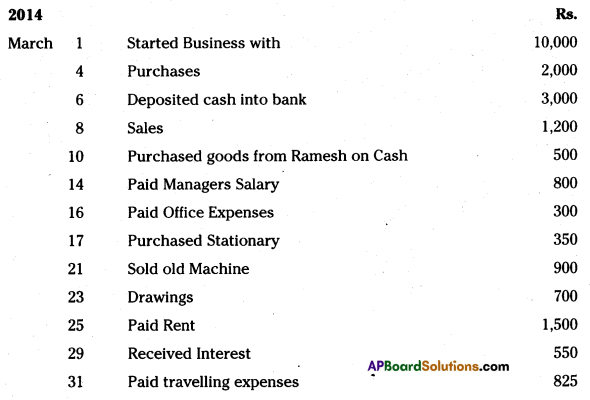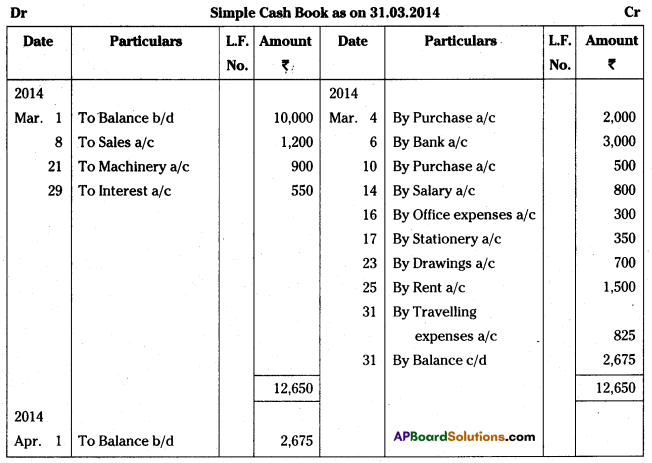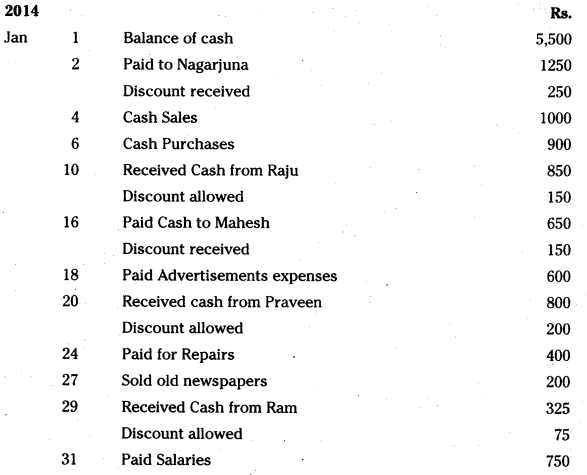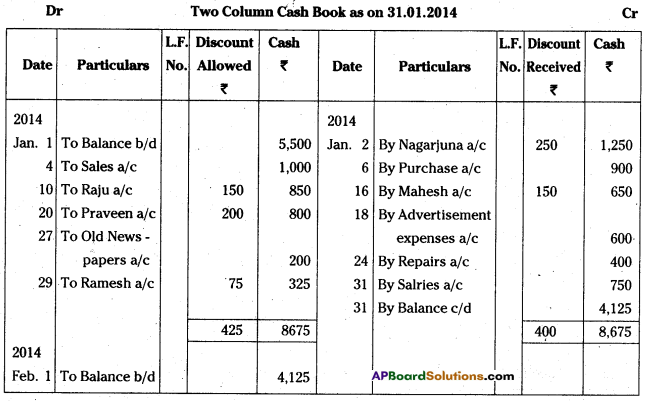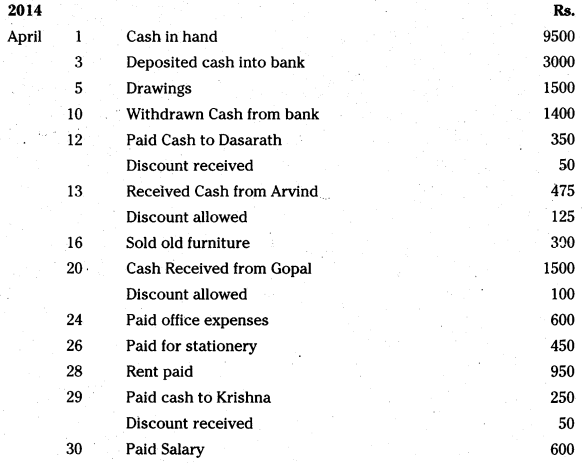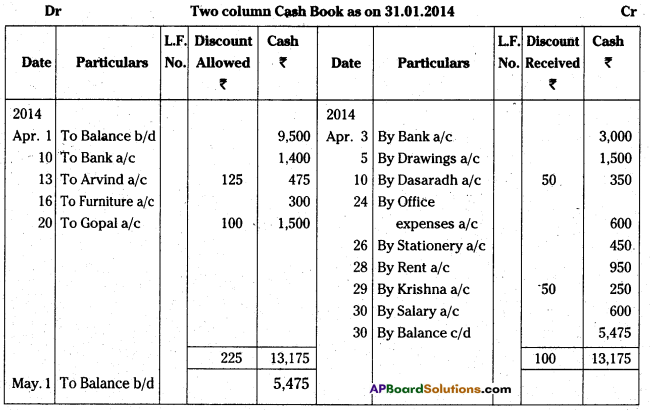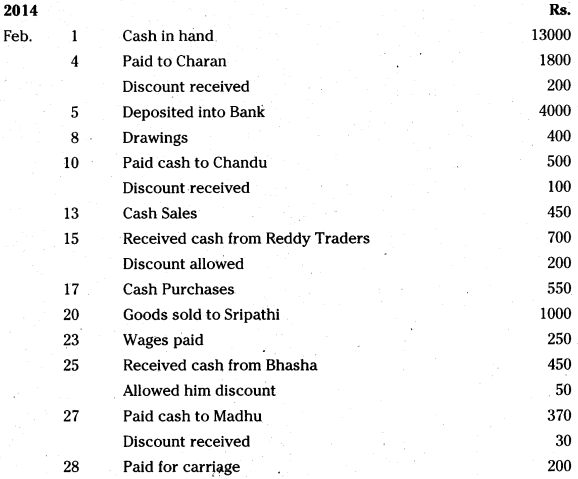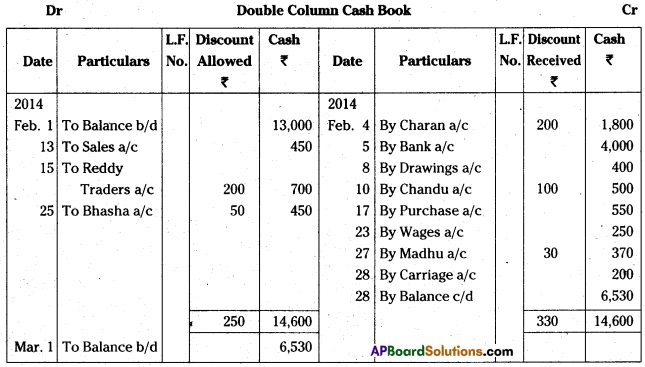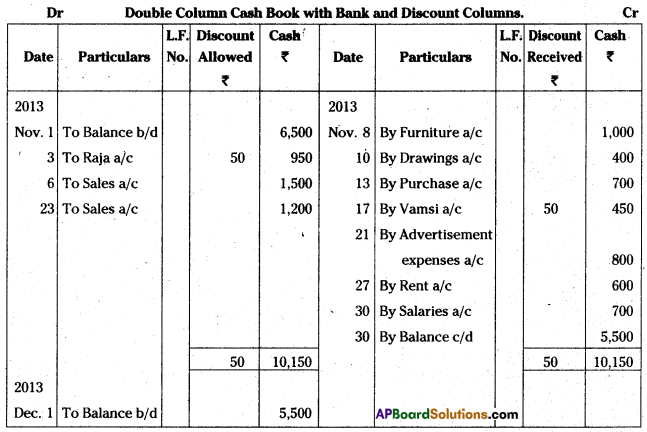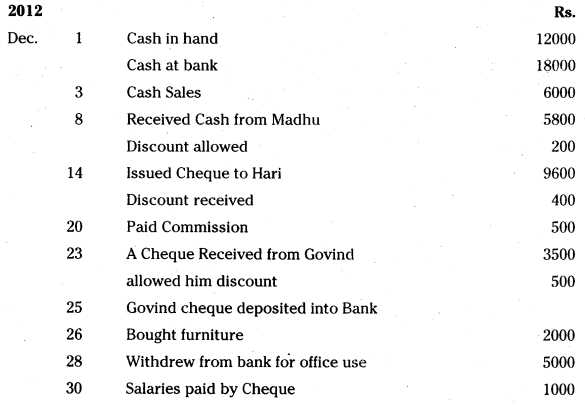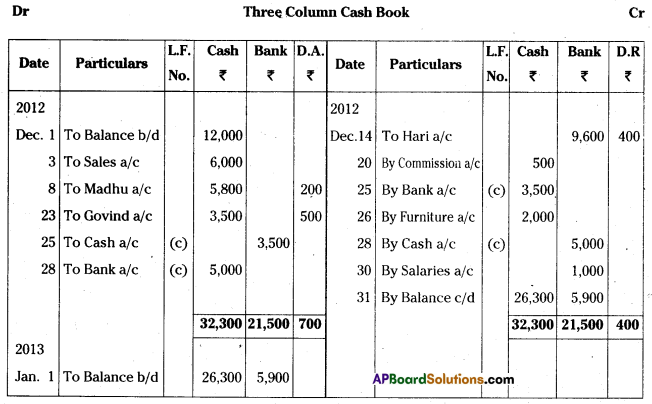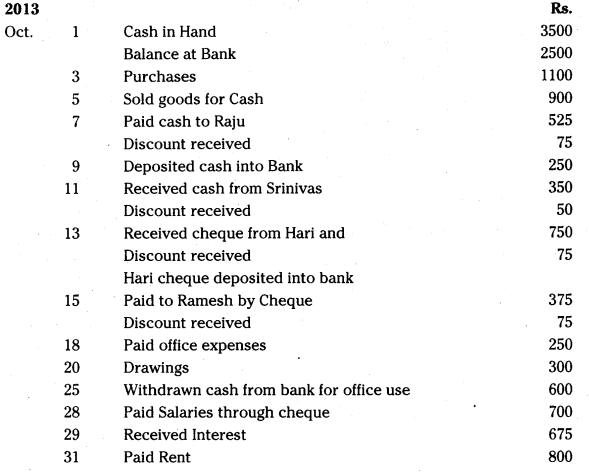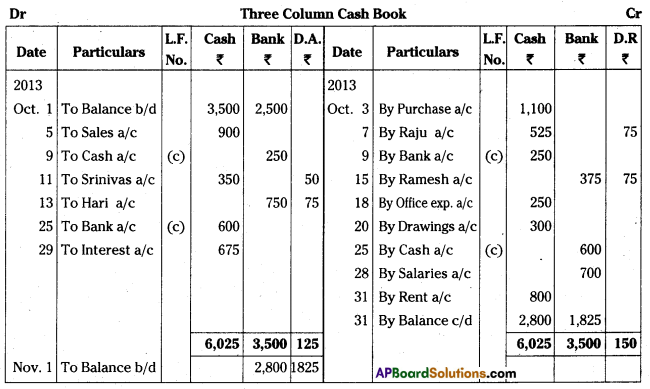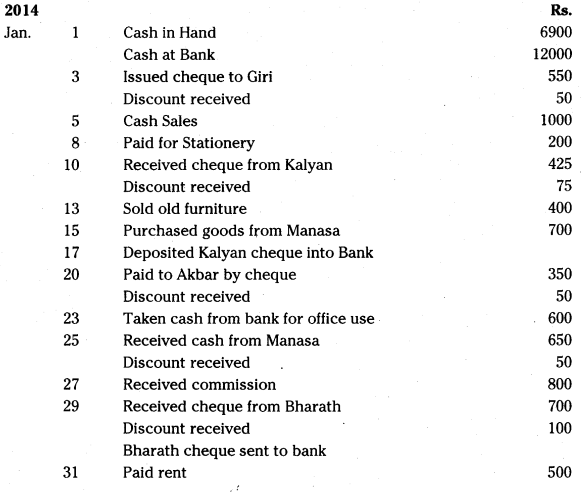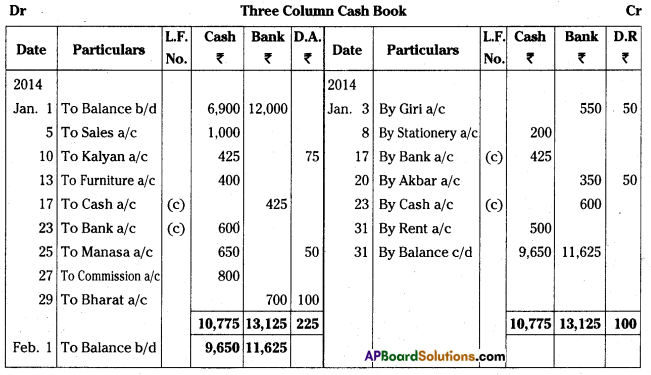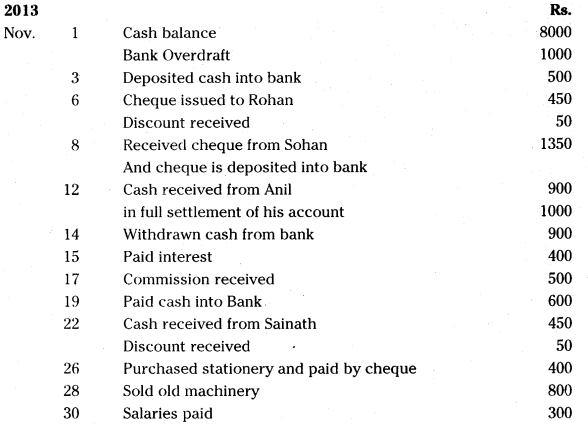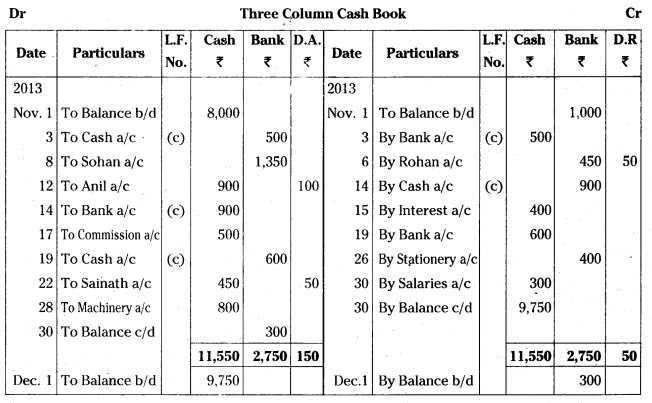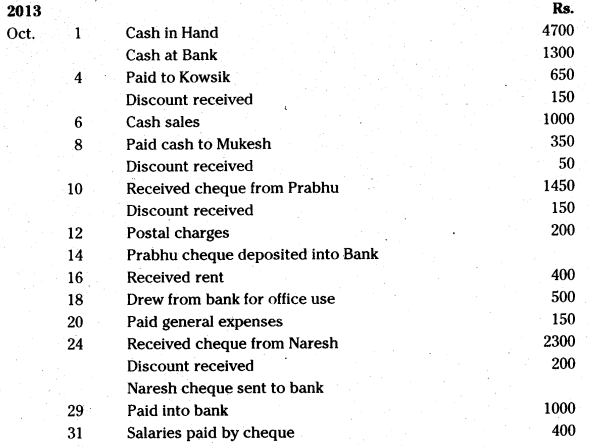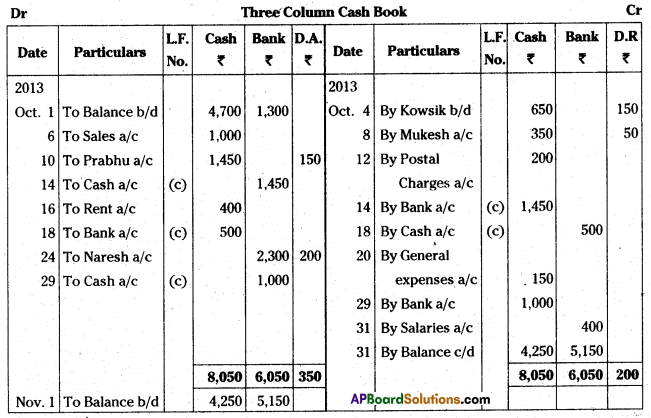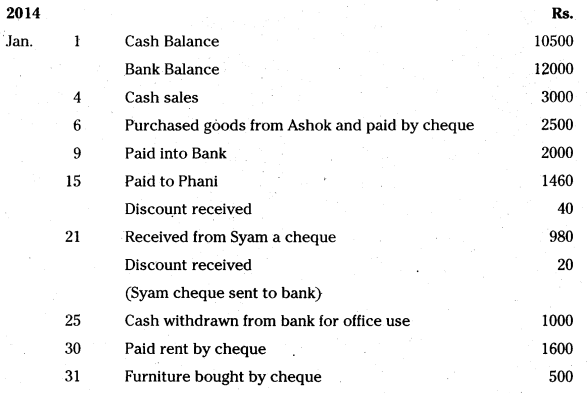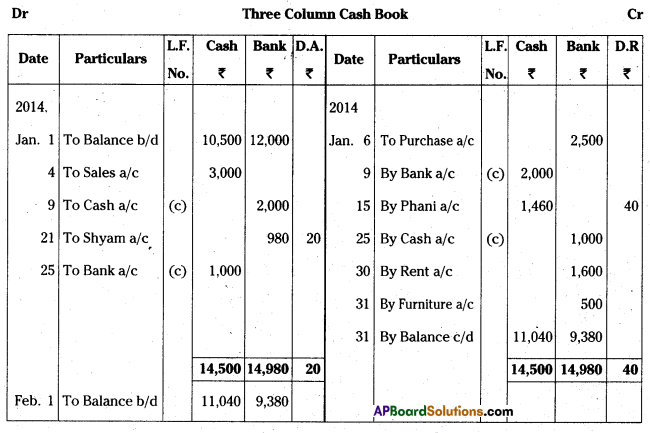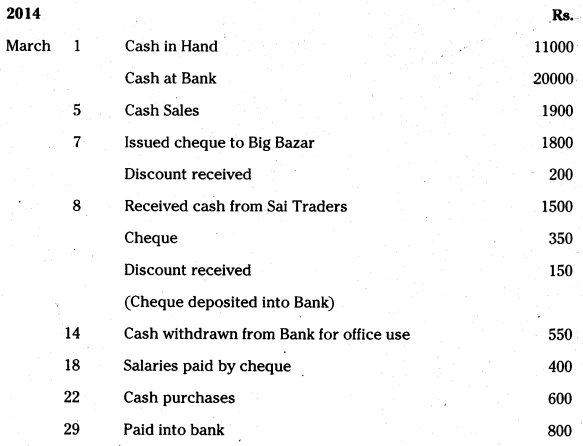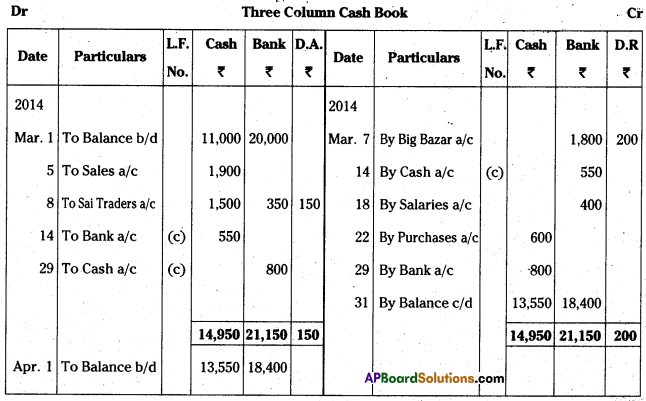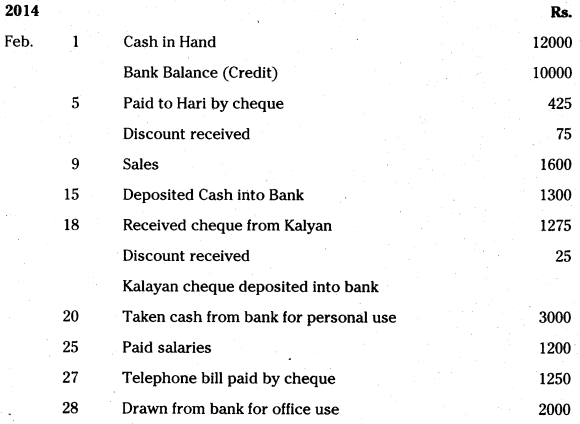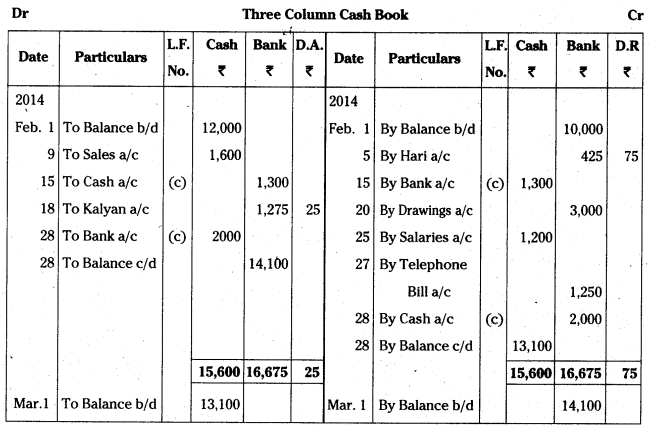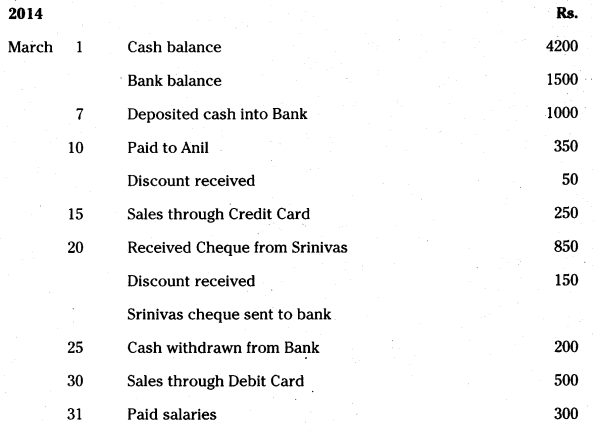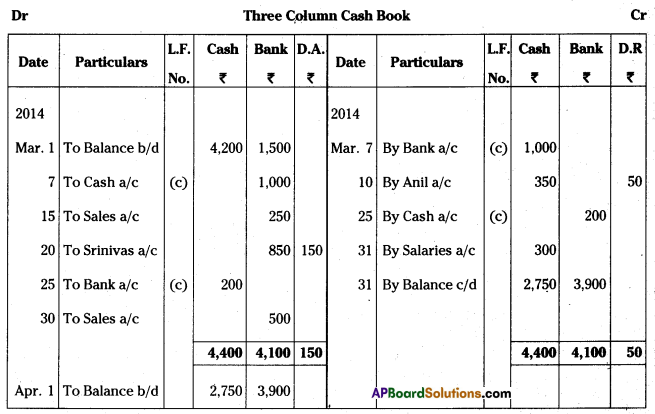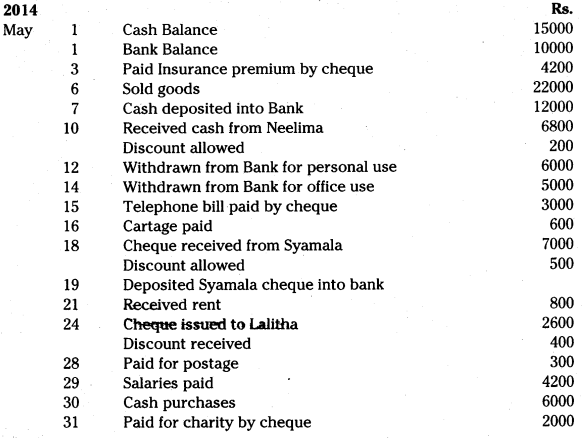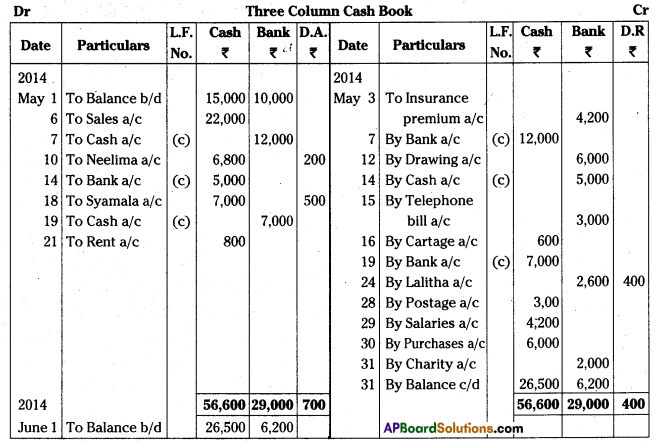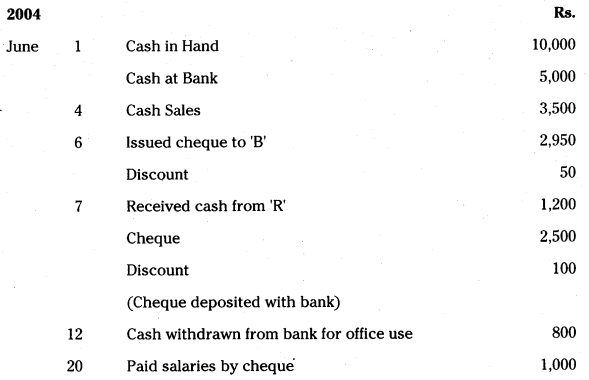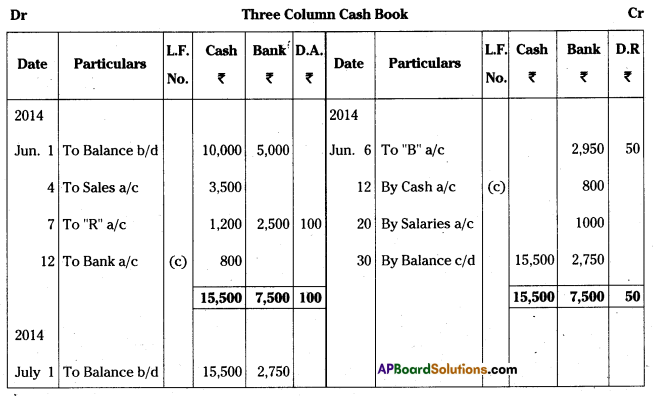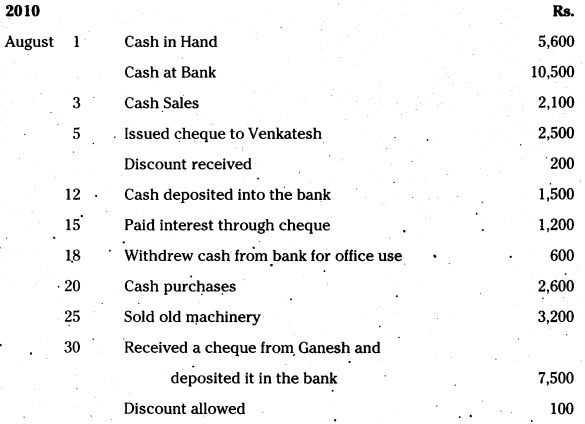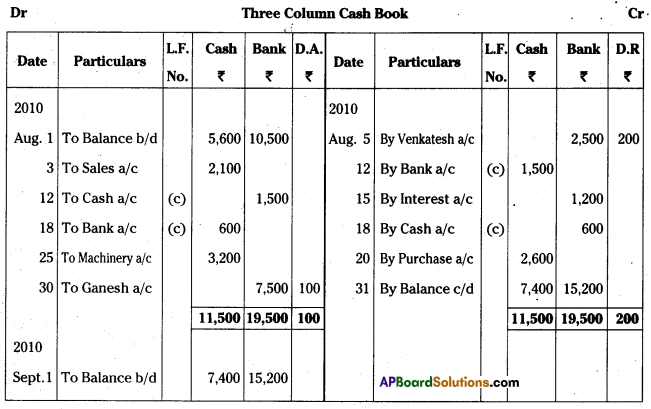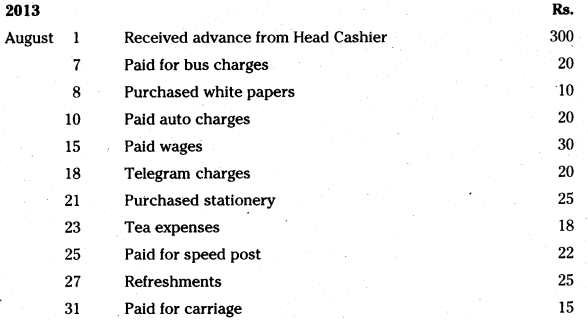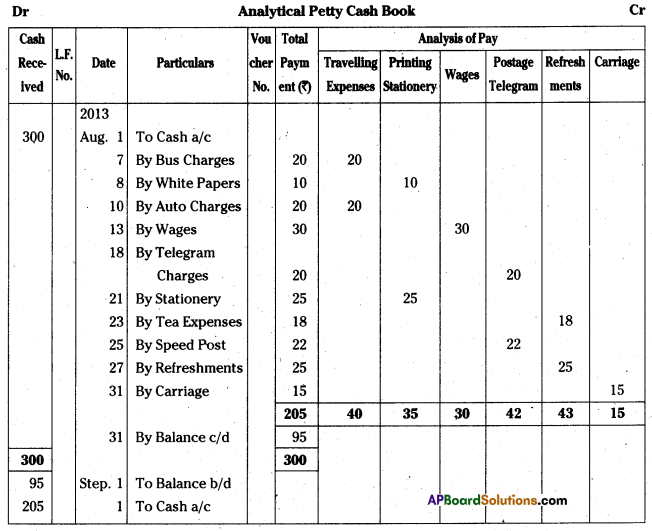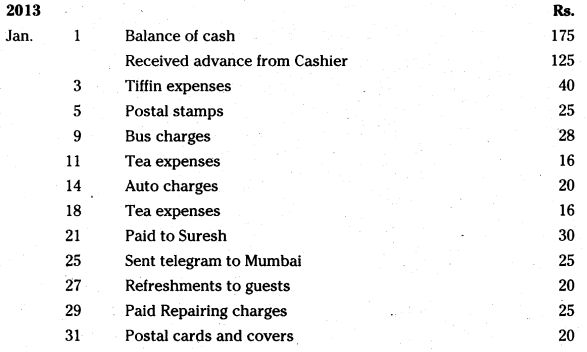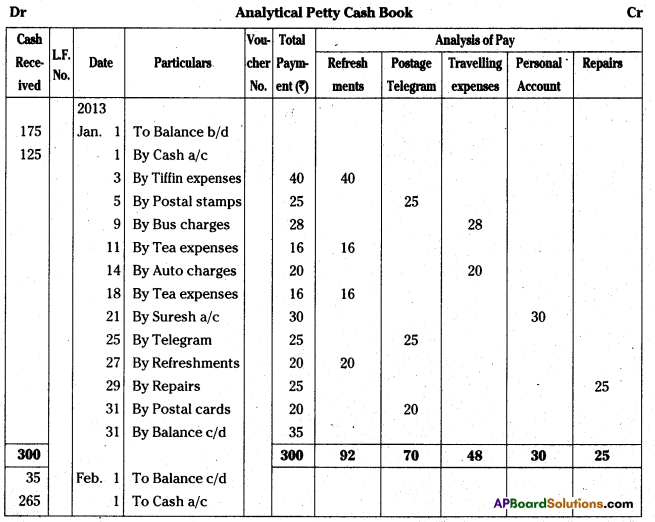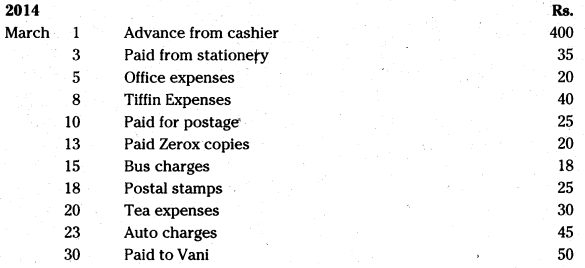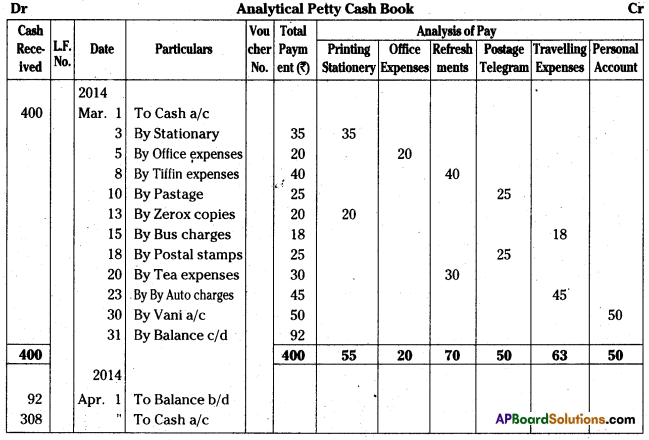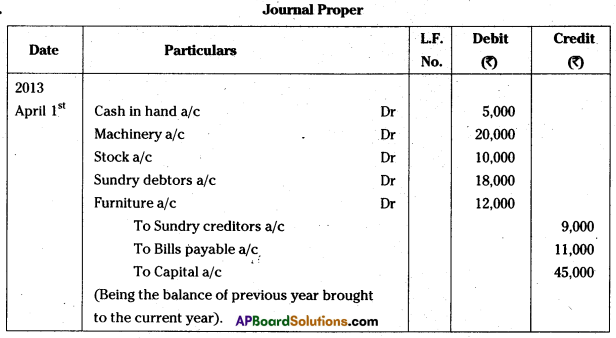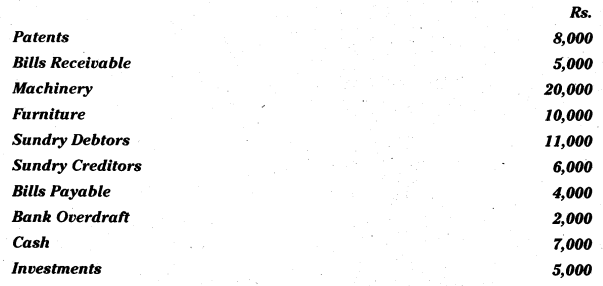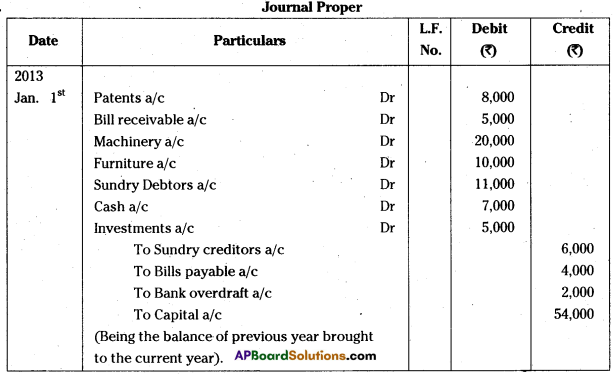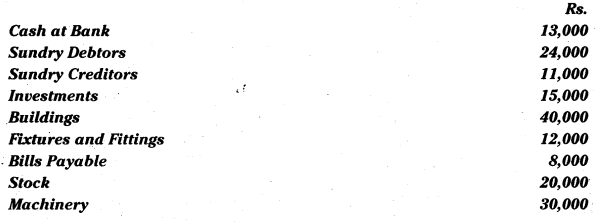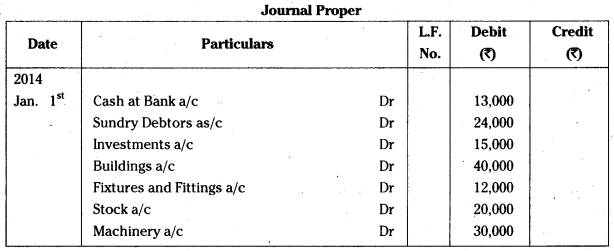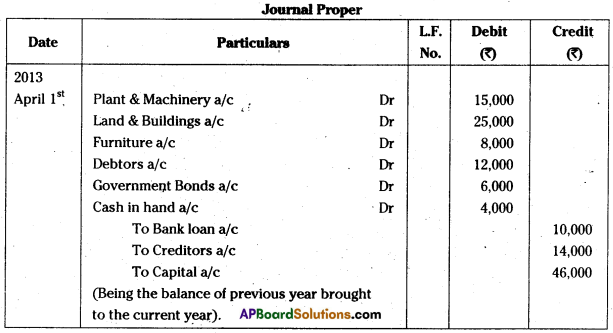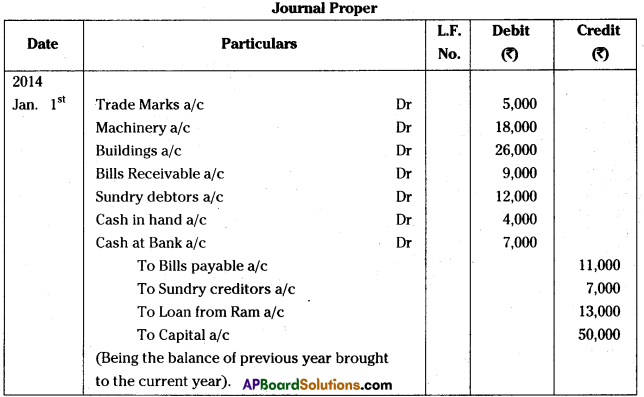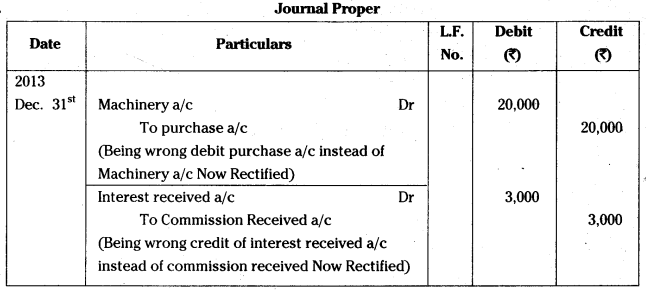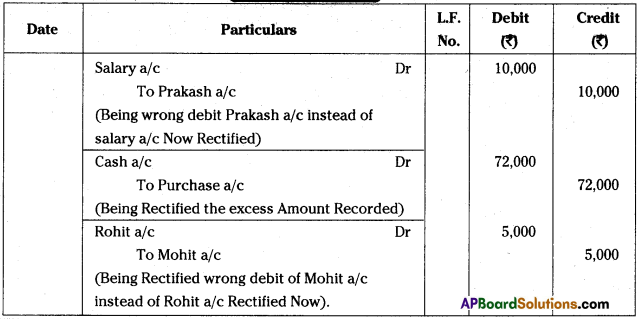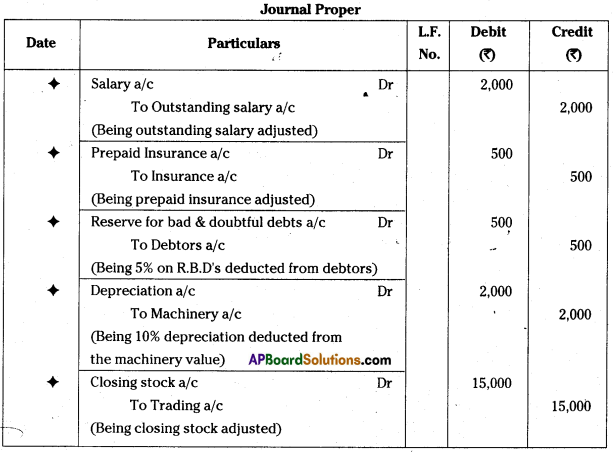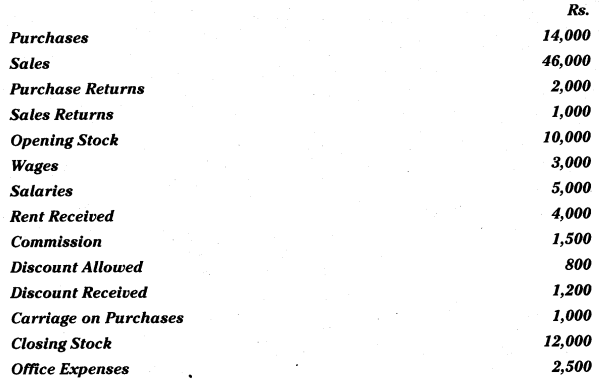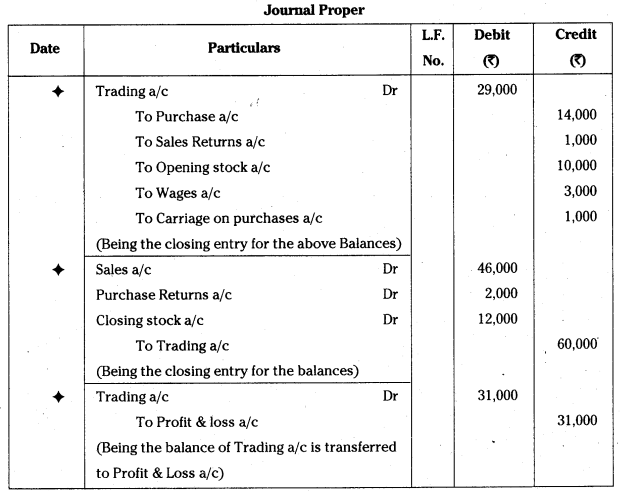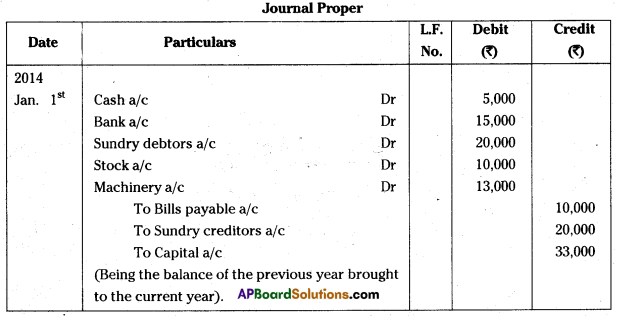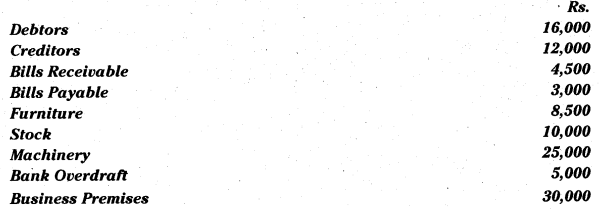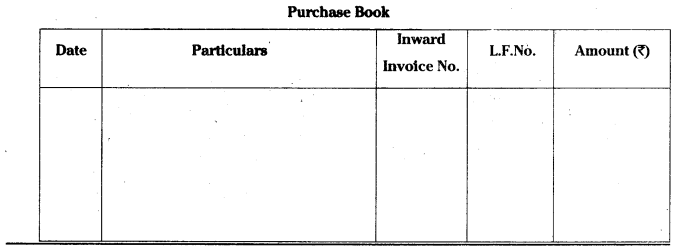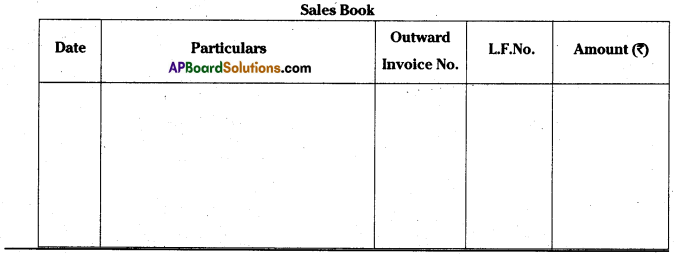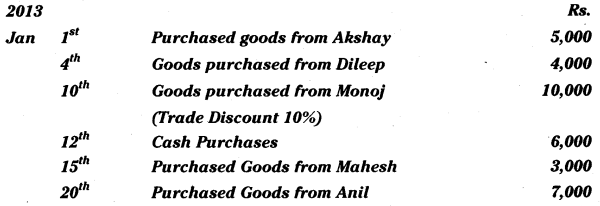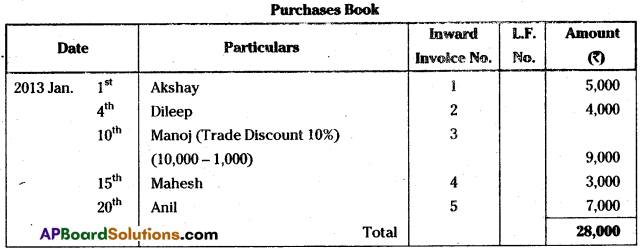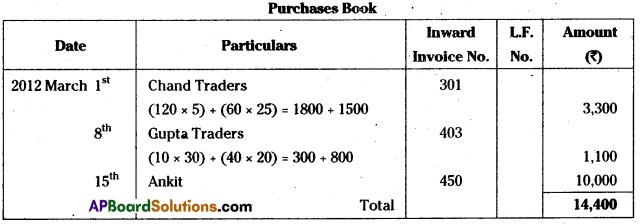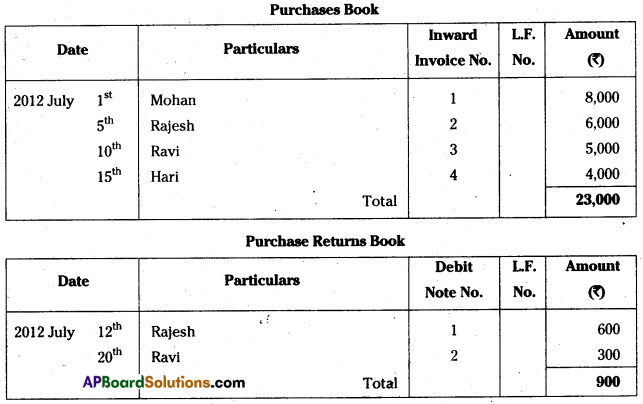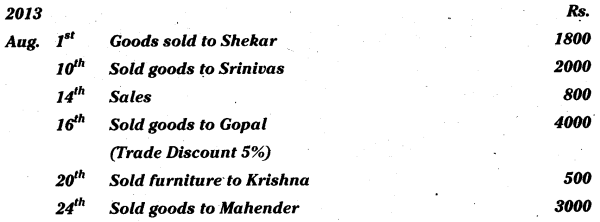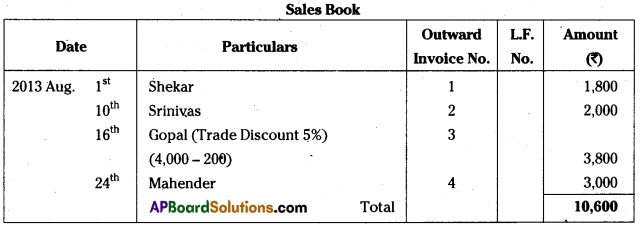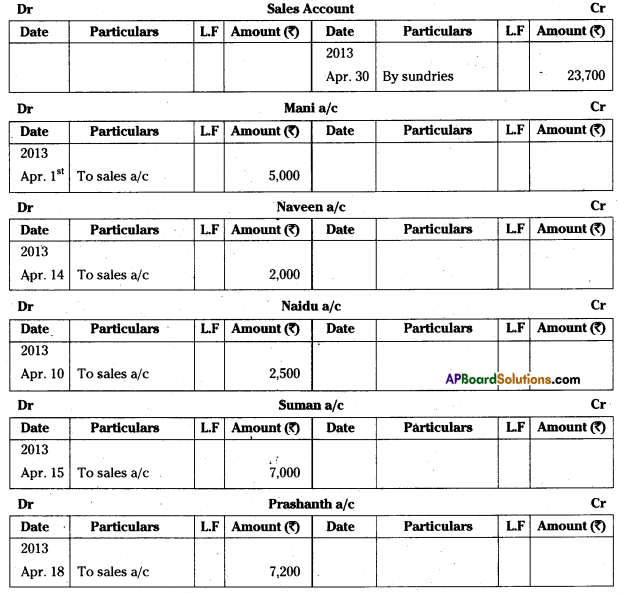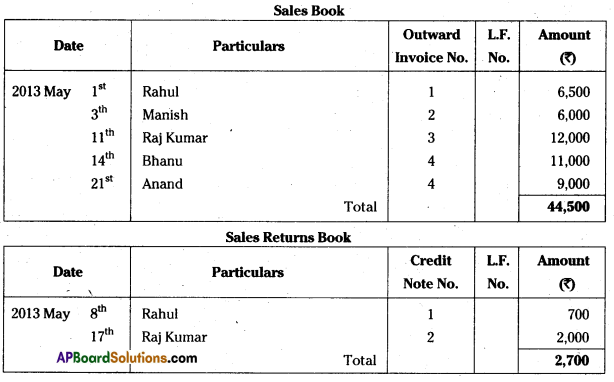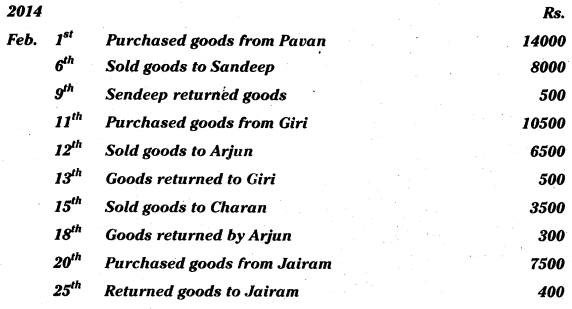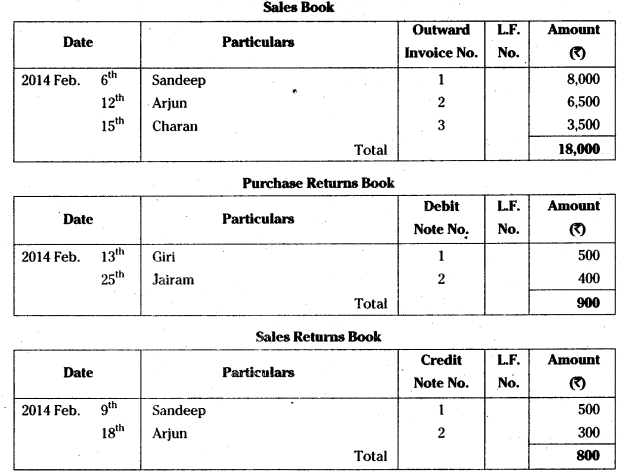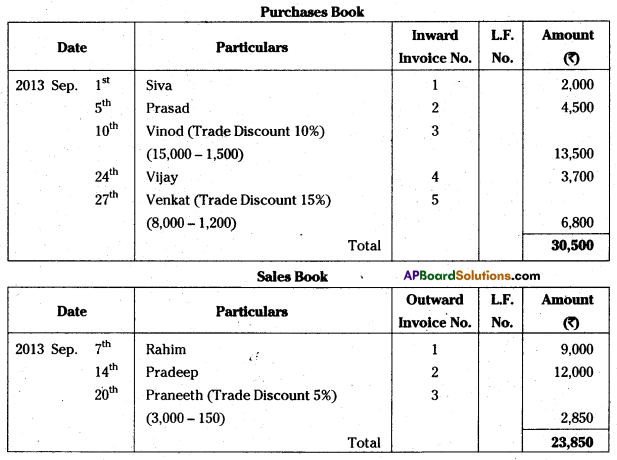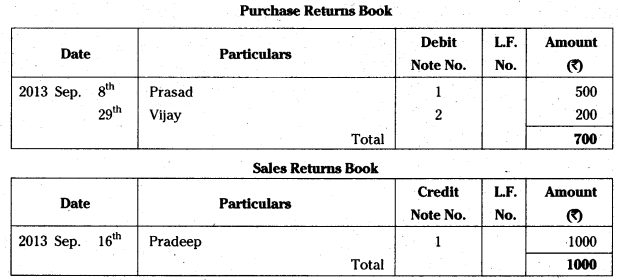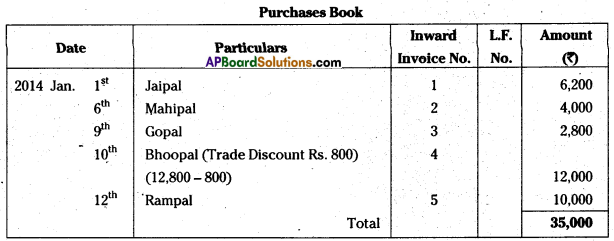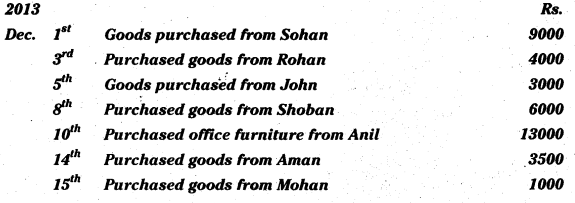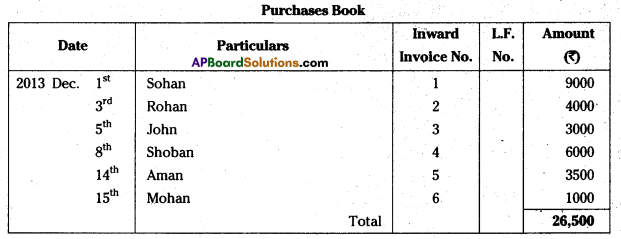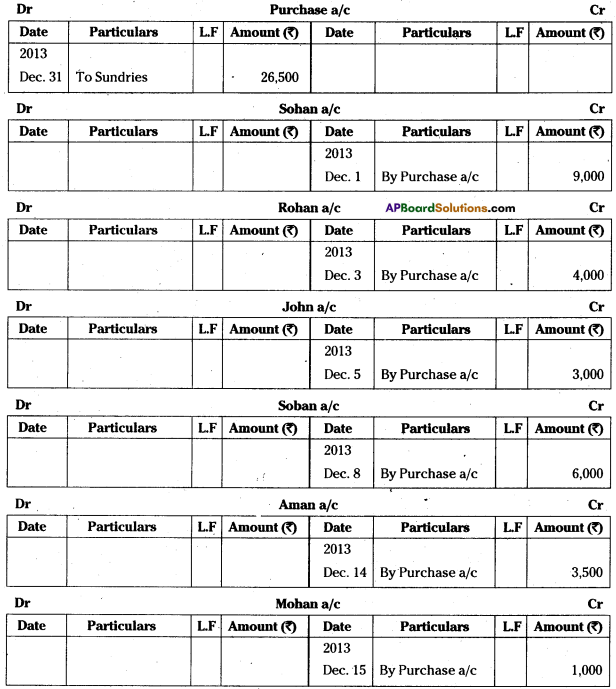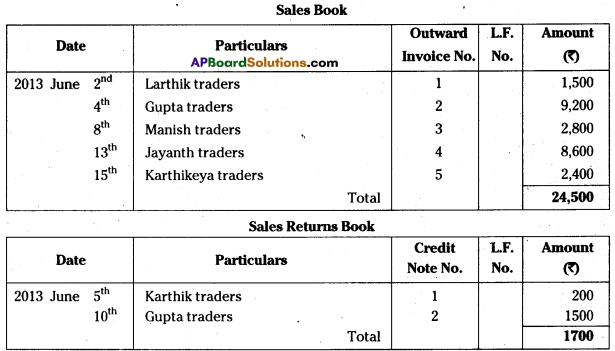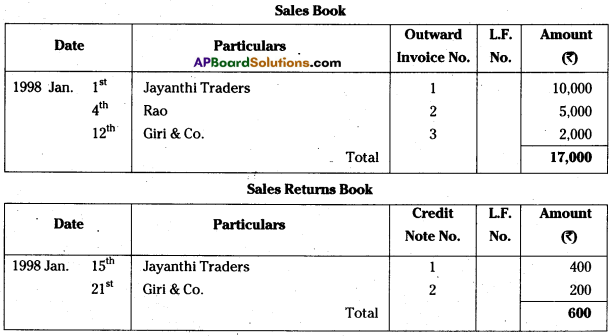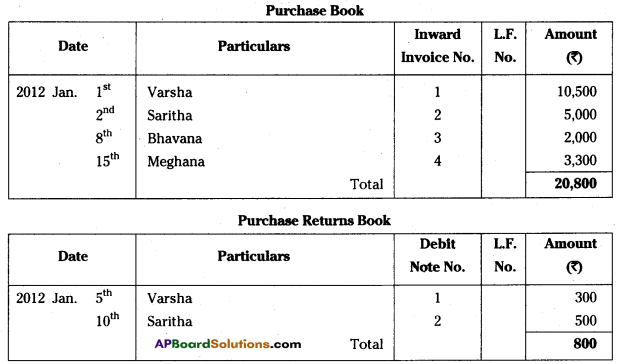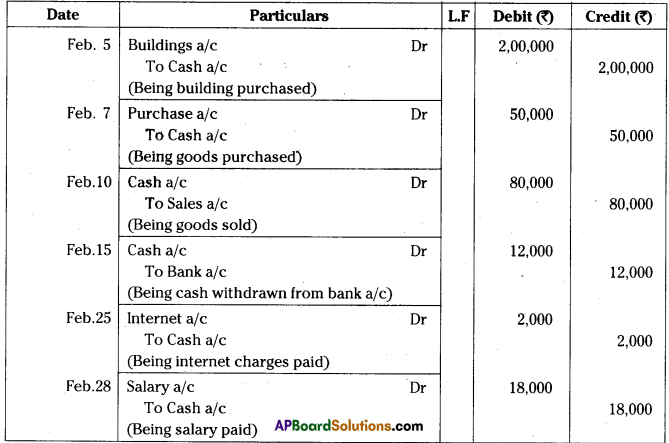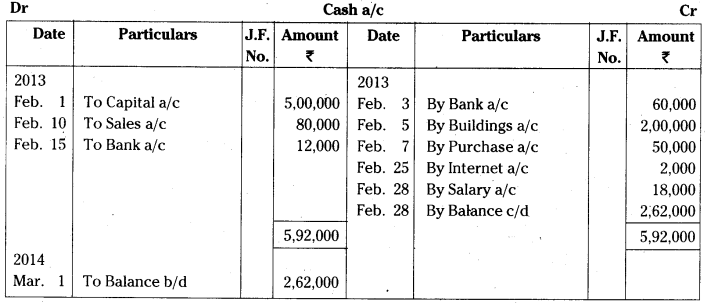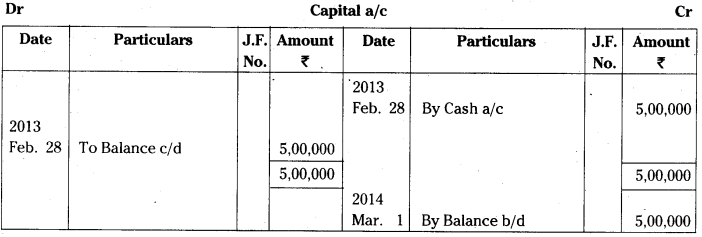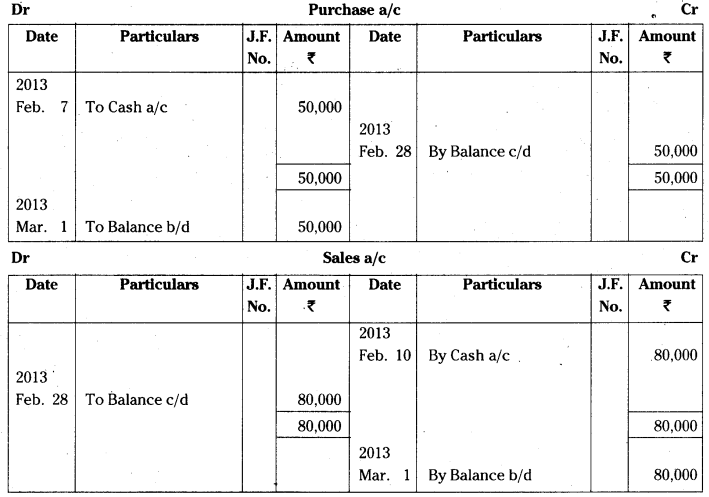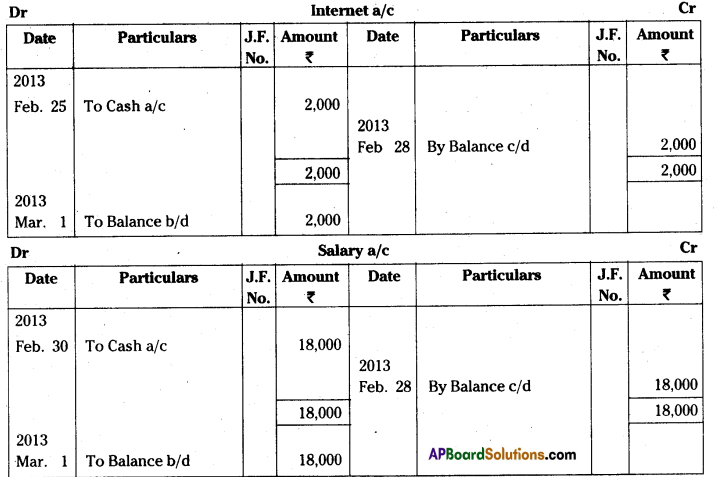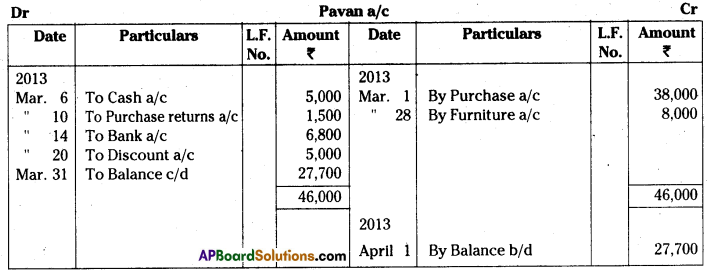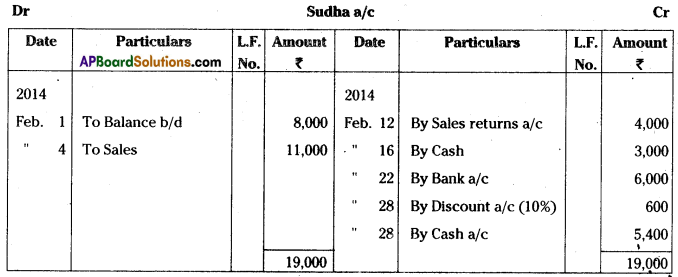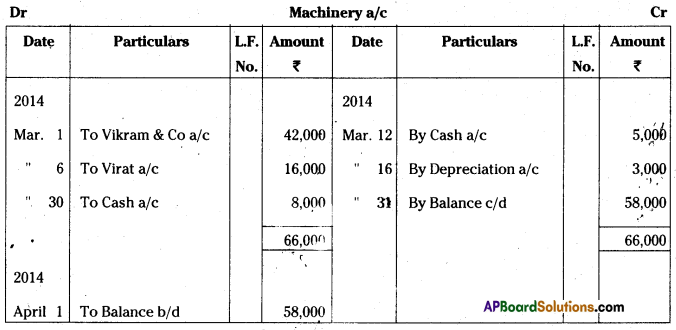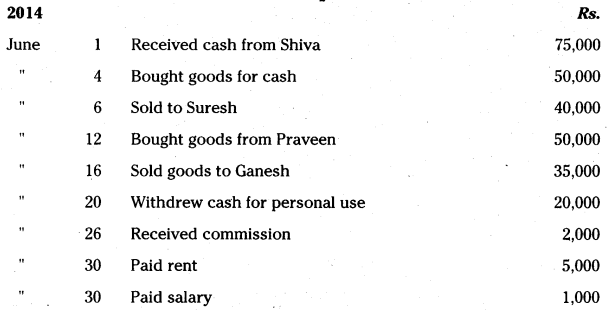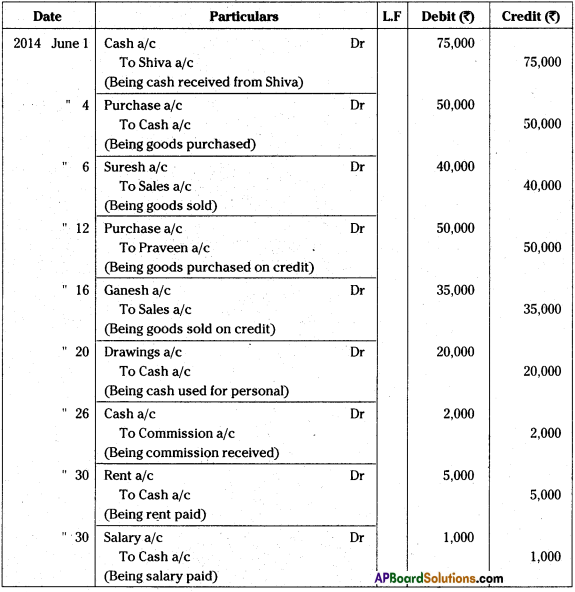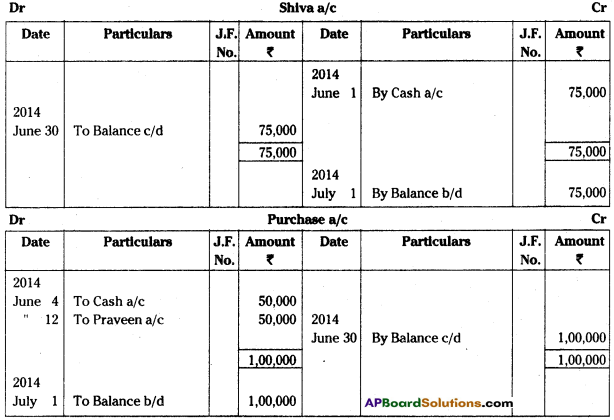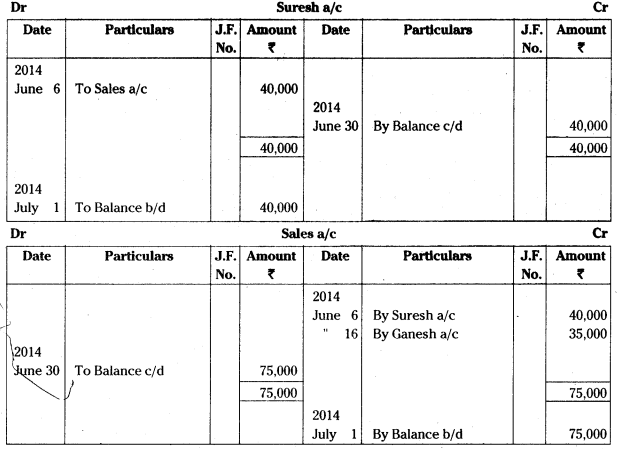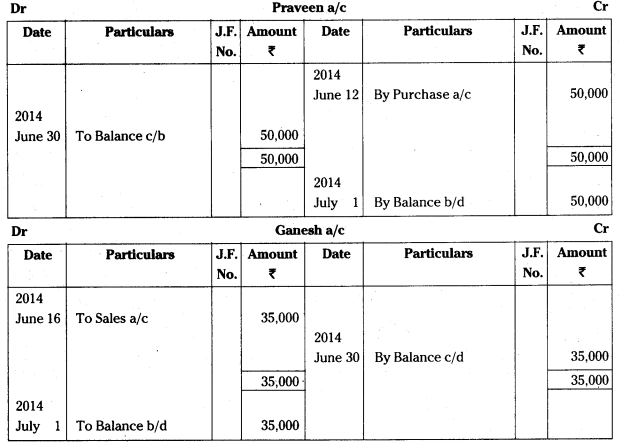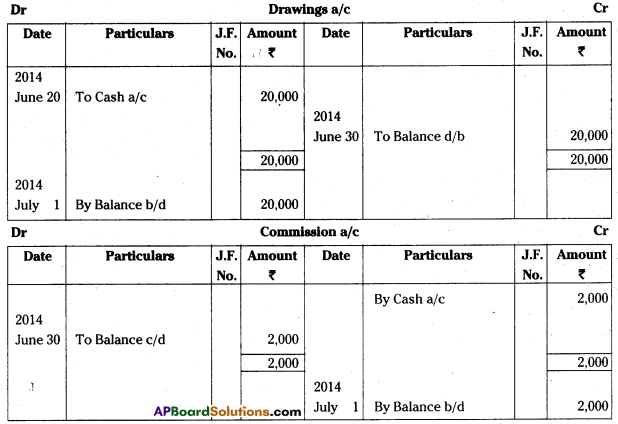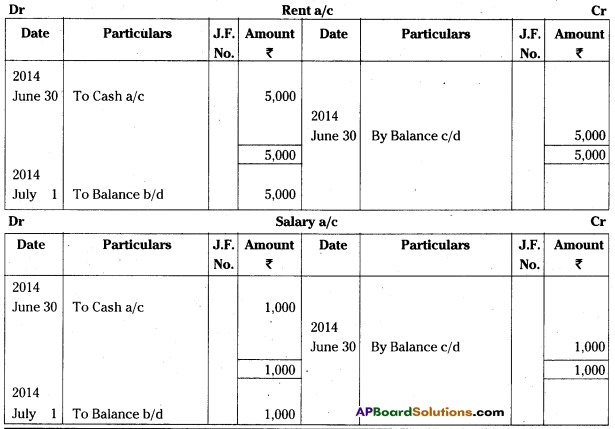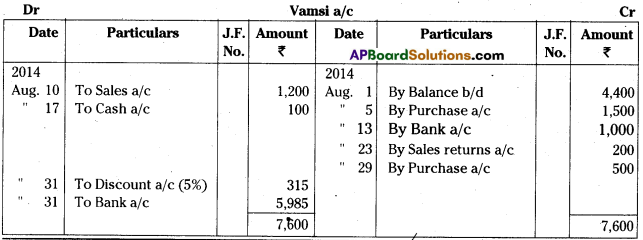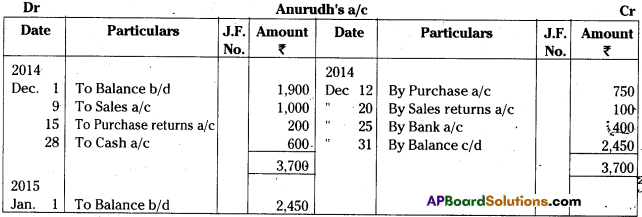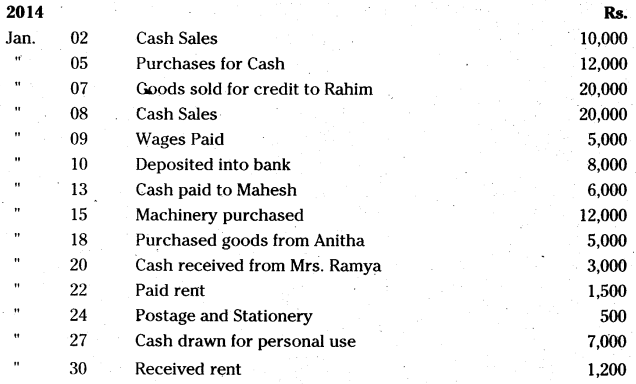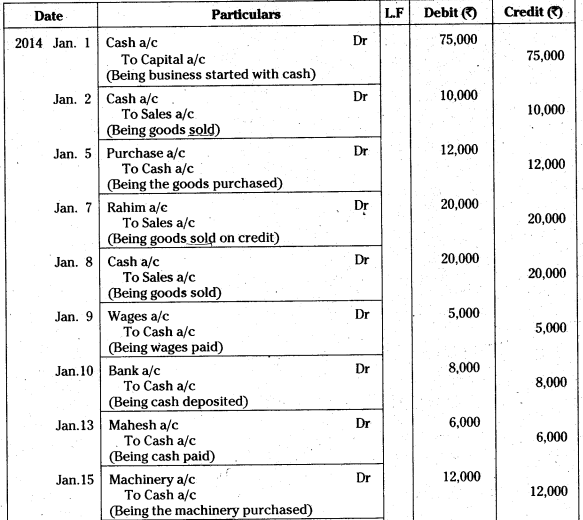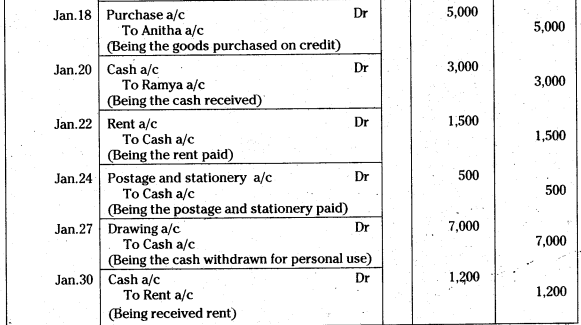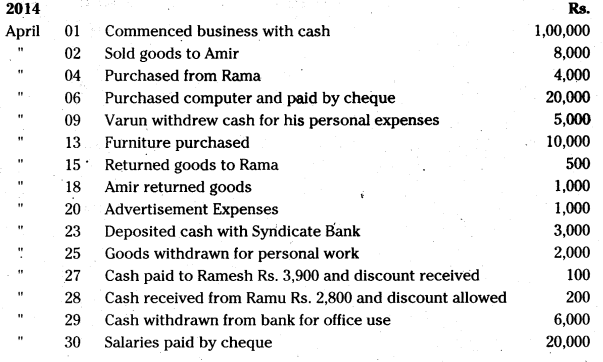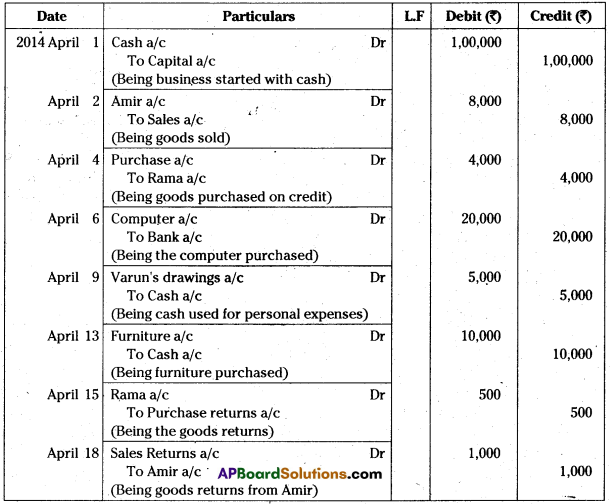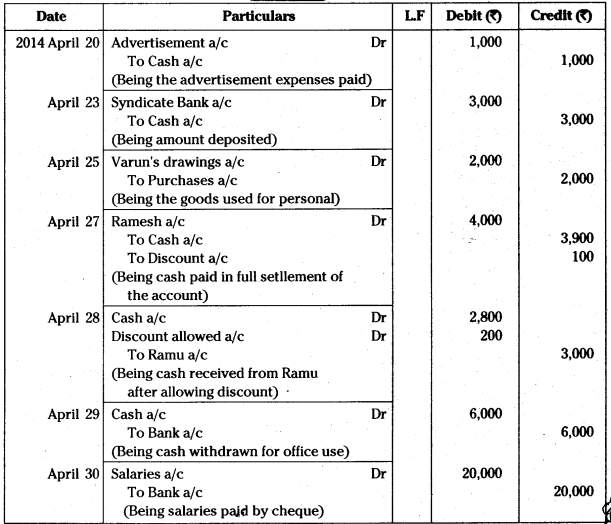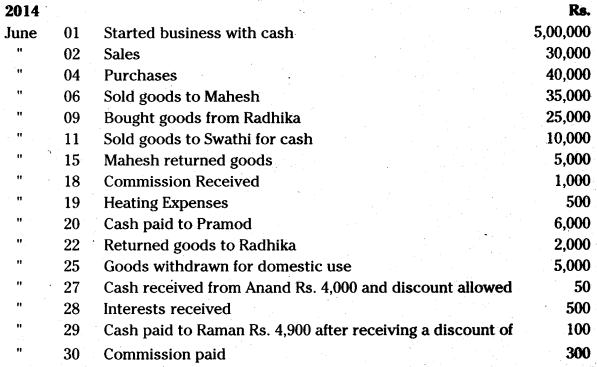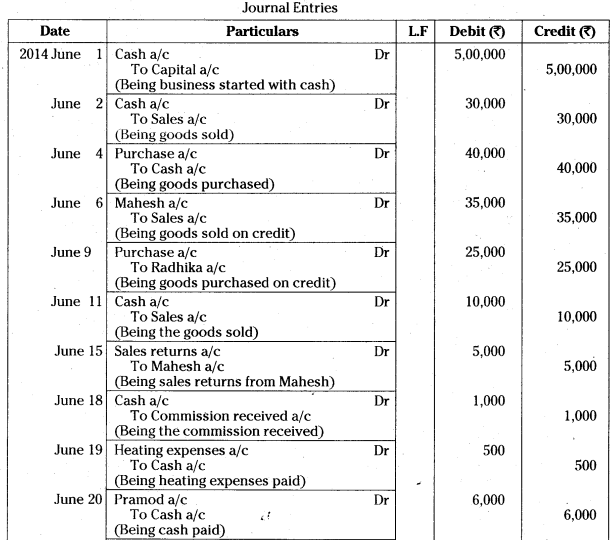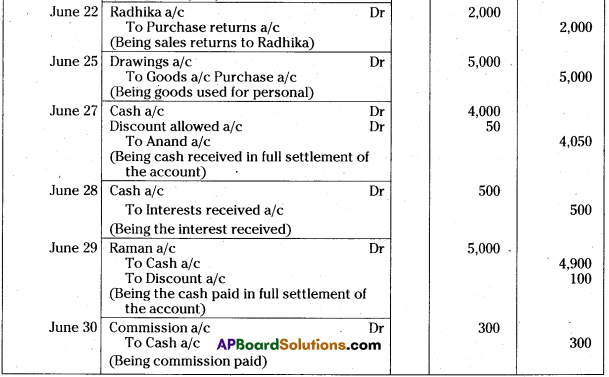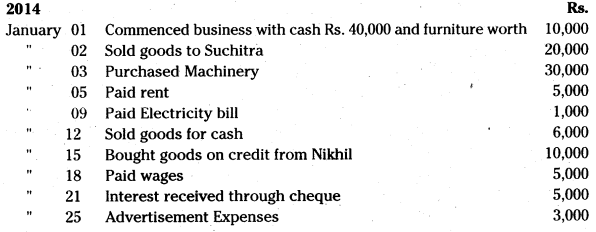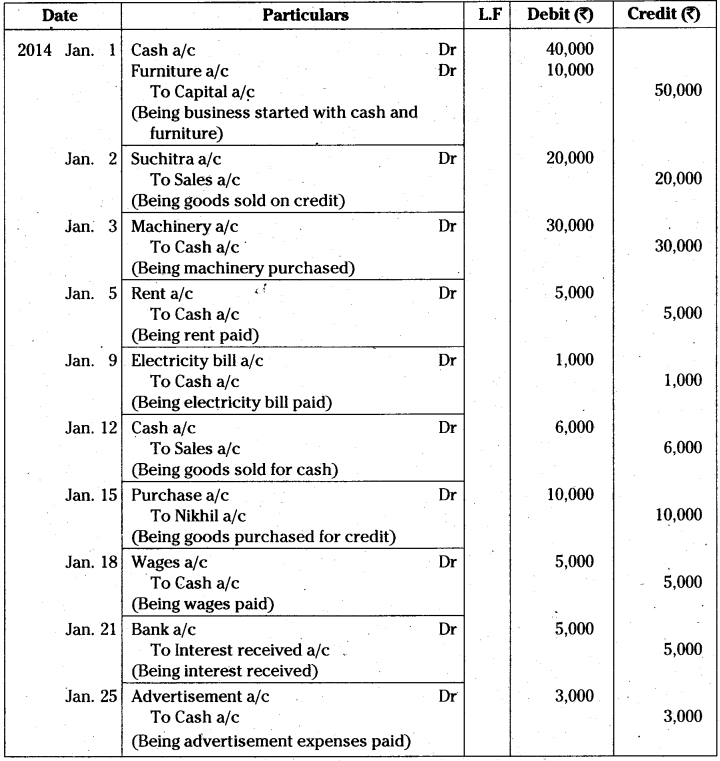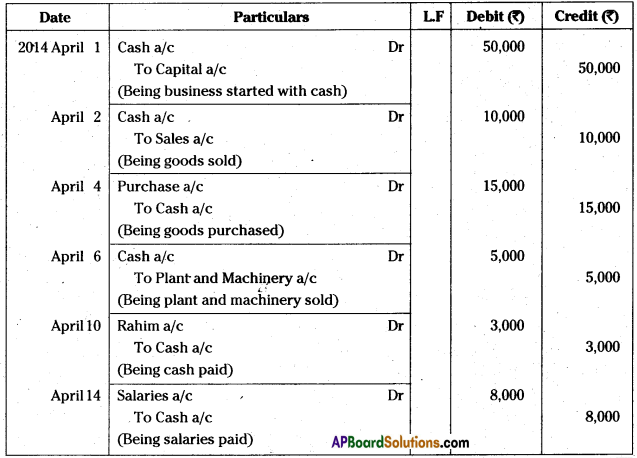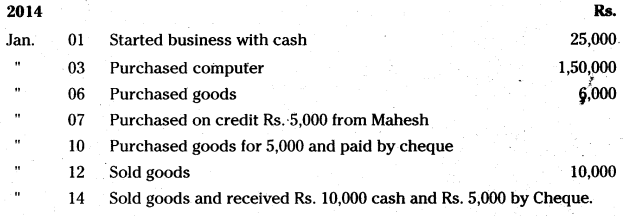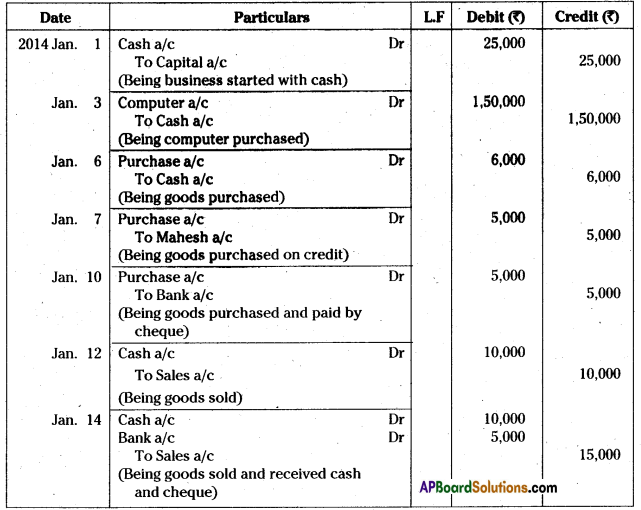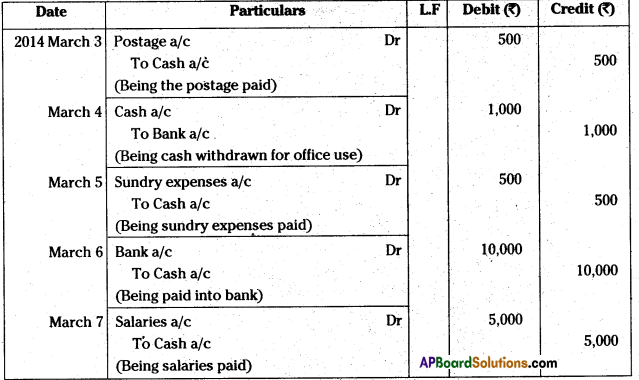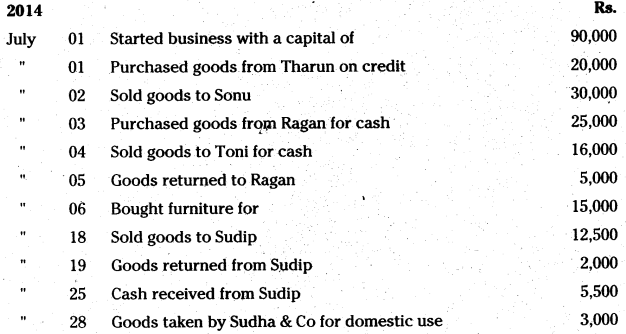Andhra Pradesh BIEAP AP Inter 1st Year Civics Study Material 2nd Lesson State Textbook Questions and Answers.
AP Inter 1st Year Civics Study Material 2nd Lesson State
Long Answer Questions
Question 1.
Define State and explain its essential elements.
Answer:
Introduction:
State is an important political organisation. The study of political science begins and ends with the state. The term state for the first time, was used by an Italian political thinker, Machiavlly in his famous book “The Prince” in 16th century.
Meaning :
The word state is derived from a Tuetonic word “status” which means political organisation.
Definitions:
- “State is a people organised for law within a definite Territory” – Woodrow Wilson.
- “State is a politically organised people of a definite Territory” – Bluntschlli.
- “State is a territorial society divided into government and subjects claiming within its allotted physical area, a supremacy over all other institutions. – Harold. J. Lasld.
Essential elements of state:
State is the predominant and superior politico – social institution existing in the society. It consists of 4 essential elements. These elements of state may be explained in a detailed way in the following paragraphs.
1) Population :
Population is the fundamental and essential element of state. There can be no state without population. Plato, Aristotle, Rousseau and others considered this feature as an important one. The famous poet Sri. Gurajada Apparao also states that it is the people, rather than the land, that comprise the state. Political writers differ in their opinions regarding the exact size of population possessed by the state.
While Plato fixed 5,040, Rousseau fixed 10,000 to be an ideal population for a state. But today we can find the countries like China and India which have more than 100 crores of population on one hand and the countries like Andora, San Marino are having small number of people on the other hand is the modem world.
2) Territory:
Territory is another essential element of the state. It is necessary for the origin and existence of the state. There can be no state without territory. Every state must have more or less territory of its own. There is no unanimous opinion among the political writers regarding the size of territory of the state. Some preferred vast territory, where as others preferred small territory. But today we can find the countries like America and Canada having large territory on one hand, and the countries like Vatican, Monaco having very less territory on the other hand in the modem world.
3) Government:
Government is the third essential element of the state. There can be no state without government. State enforces its authority through the government. Government consists of 3 organs namely
Legislature – which makes laws
Executive – which implements laws and
Judiciary – which interpretes laws.
Government are of different kinds namely, Unitary, Federal, Parliamentary and Presidential governments. Governments are at different levels like Local, State level and National level.
4) Sovereignty:
Sovereignty is the most essential element of the state. It is spirit and soul of the state. There can be no state without sovereignty. It distinguishes the state from other associations and institutions. Sovereignty is the supreme political power of the state over citizens and subjects.
![]()
Question 2.
In what aspects do state and Government differ from each other? Explain.
Answer:
Introduction :
We often use the terms “State” and “Government” indiscriminately one for the other”. State means government in practice” said by H.J. Laski. “State means almost government machinery”.
Relationship between State and Government:
The relationship between state and government can be discussed as follows.
1) Both are established by individuals :
State and government are two important organizations established by Individuals. The two came into existence for protecting the people and for regulating the conditions between them.
2) Complementary :
State is the government for all practical purposes. Government carries on its activities in the name of the state whatever government does. It does in the name of the state. The Stuart king in England and Louis XIV in France viewed the state and government as complementary.
3) The will of the state expressed by the government:
Government is an important element of state. The collective will of the state is expressed and implemented through government. Government is described as the “Brain of state”. Laws which reflect the will of the state are formulated and given effect only by the government.
Differences between State and Government :
The following are the differences between state and government.
| State | Government |
| 1. State has four elements namely population, territory, government and sovereignty. | 1. Government is one of the essential elements of the state. |
| 2. State is a permanent organisation. | 2. Government is a temporary organisation. |
| 3. State consists of the whole body of people – The rulers and the ruled. | 3. Government consists of only the rulers. |
| 4. State has the sovereignty. | 4. Government does not have sovereignty. |
| 5. State is the master. | 5. Government is the servant. |
| 6. Membership of the state is compulsory. | 6. Membership in government is not compulsory. to that of state is narrow. |
| 7. All states are alike in the sense they possess the same four features (or) elements like Population, Territory, Government and Sovereignty. | 7. Governments are different types, viz. Parliamentary – Presidential – Unitary – Federal, Democratic – Dictatorial etc. |
| 8. Peoples are not entitled to revolt against the state. | 8. People have the right to oppose and criti-cize the policies and programmes of the government. |
| 9. The scope of state when compared to that of government is wider. | 9. The scope of government when compared to that of state is narrow. |
Question 3.
Explain the relationship and differences between State and Society.
Answer:
Introduction :
State and society are two important human organizations. Maclver described that blood relationship (kinship) created society and society in turn led to the state.
State :
State is a people organized for law within a definite territory.
Society :
Society is a group of men brought together by a system of common ideas, interests and aspirations.
Relationship between State and Society :
The relationship between state and society can be discussed as follows.
1) Common features:
State and society have some common features. The two sometimes include practically. The same persons most cases, a vast majority of the members of a society may be included in the same state.
2) Complementary:
State and society go hand in hand. They help each other. Social progress depends upon the progress of the state. The working of the state is influenced by social customs and traditions.
3) Synonymous :
State and society were considered as the same in the past. In the beginning the Greek Philosophers and later the Idealists viewed the city states and society as synonymous.
4) Inter related:
State regulates the external conduct of individuals in society through laws. It provides a broad frame work of social order. Society nourishes the state with economic, cultural, religious and humanitarian activities. Thus state and society cannot be completely separated as different entities.
Differences between State and Society:
Inspite of close relationship, state and society differ from one another. This may be informed through the following table.
| State | Society |
| 1. State is a political organization. | 1. Society is a social organization. |
| 2. State regulates only the external relation of men in society. | 2. Society controls both internal and external activities of men in society. |
| 3. State possess the power of compulsion. Disobedience to its laws leads to punishment. | 3. Society does not possess the power of compulsion. Disobedience to its principles does not leads to any physical punishment. |
| 4. State derives its strength mainly from laws. | 4. Society derives its strength from customs, conventions and traditions. |
| 5. State has definite territory. | 5. Society has no definite territory. |
| 6. State has the sovereignty. | 6. Society has no sovereignty. |
| 7. Membership of the state is compulsory. | 7. Membership of the society is voluntary. |
| 8. State is permanent. | 8. Society is not permanent. |
| 9. Laws of the state are uniform. | 9. Rules of society are not uniform. |
| 10. State came into existence after the origin of society. | 10. Society is much older institution than the state. |
![]()
Question 4.
Describe the relationship and differences between State and Association.
Answer:
Introduction :
The social nature of man finds expression in numerous groups and associations which satisfy his various needs in life. Man cannot live in isolation. He seeks the cooperation and help of others to fulfill his needs and to develop his personality.
Intimate social relationship for achieving certain ends or purposes gives rise to the formation of associations.
State :
State is people organized for law within a definite territory.
Association :
Association is a group of people united for a specific purpose or a limited number of purposes.
Relationship between State and Association :
The state and association are related in the following aspects.
1) Same membership :
Both the state and other associations consist of a group of same human beings. So the same individuals remain members of both the state and associations.
2) Common interests:
Both are created and organized for the pursuit of an interest or a group of interests. Promotion of common interests in the moving force behind all forms of associations including the state.
3) Organization:
Both are characterized by organizations and a well-knit framework for realizing their objectives. Both regulate the activities of members. Both view cooperation as the basis among the members.
4) Code of conduct:
Both have a code of conduct denoting some rules and regulations. The code of conduct keeps the members together. It ensures stability to the organization.
5) Executive :
Every state will have an executive agency known as the government. Similarly every association will have an executive council for implementing its decisions.
Differences between State and Association :
State and association differ from one another in the following matters.
| State | Association |
| 1. State is a political organization. | 1. Association is a social organization. |
| 2. State has definite territory. | 2. Association has no definite territory. |
| 3. State has the sovereignty. | 3. Association has no sovereignty. |
| 4. Membership of the state is compulsory. | 4. Membership of the association is not compulsory. |
| 5. State is permanent. | 5. Association is not permanent. |
| 6. State is superior to the associations. | 6. Associations are inferior to the state. |
| 7. The scope of state is wide. | 7. The scope of association is limited. |
| 8. State can interfere in the affairs of the associations. | 8. Associations can’t interfere in the affairs of the state. |
| 9. Laws of the state are uniform. | 9. Rules of association are not uniform. |
| 10. State strives for the welfare and progress of all the people. | 10. Associations are meant for realising the interests of the members only. |
Short Answer Questions
Question 1.
Explain any two essential elements of the State.
Answer:
Essential elements of state :
State is the predominant and superior politico-social institution existing in the society. It consists of 4 essential elements. These elements of state may be explained in a detailed way in the following paragraphs.
1) Population :
Population is the fundamental and essential element of state. There can be no state without population. Plato, Aristotle, Rousseau and others considered this feature as an important one. The famous poet Sri. Gurajada Apparao also states that it is the people, rather than the land, that comprise the state. Political writers differ in their opinions regarding the exact size of population possessed by the state.
While Plato fixed 5,040, Rousseau fixed 10,000 to be an ideal population for a state. But today we can find the countries like China and India which have more than 100 crores of population on one hand and the countries like Andora, San Marino are having small number of people on the other hand is the modem world.
2) Territory:
Territory is another essential element of the state. It is necessary for the origin and existence of the state. There can be no state without territory. Every state must have more or less territory of its own. There is no unanimous opinion among the political writers regarding the size of territory of the state. Some preferred vast territory, where as others preferred small territory. But today we can find the countries like America and Canada having large territory on one hand, and the countries like Vatican, Monaco having very less territory on the other hand in the modem world.
Question 2.
What are the other elements of State?
Answer:
Introduction:
State is an important political organization. It was established for regulating and improving the relations between individuals.
Definition :
“State is a people organised for law within a definite territory”. -Woodrow Wilson
Besides essential elements namely, population, territory, government and sovereignty, state will also have the other elements.
Other elements of the state :
1) International recognition :
It implies recognition of the sovereign status of a state by other states. This feature has gained currency due to the immerse technologlical and scientific advancements. The man of today is not only a member in his state but also a member of the entire world at large. Today majority of the countries of the world are joining in one or the other international associations to obtain certain benefits.
The United Nations Organisation is the best example for such associations. It’s membership is considered to be necessary for attaining perfect and complete statehood. Whenever a .new state comes into existence, it’s recognition by other states and by UN is considered as very essential.
2) Permanence :
State is a permanent institution. If the state surrenders to the other states during war or Aggression. It loses its significance but not the feature of permanence. Sometimes through the process of integration or disintegration, the states will change the form of their existence for instance. In 1990’s Soviet Union (Former USSR) got disintegrated and new 15 independent states came into being.
3) General obedience :
General obedience implies the supreme power of the state overall the individuals and institutions within its territorial limits. No person or association can deny the power or authority of the state. People can criticise the policies and programmes of the government but not the state. The obedience to the state is mandatory on the part of the people.
4) Popular will:
Willoughby stated that the will of the people is an important element of the stae. State continues to exist as long as it is supported by the majority of the people. The strong desire for protecting the state against invasions and internal revolutions is compulsory for the continuation of the state.
Question 3.
What do you know about Government and Sovereignly as the two essential elements of State?
Answer:
Government: Government is the third essential element of the state. There can be no state without government. State enforces its authority through the government. Government consists of 3 organs namely
Legislature – which makes laws
Executive – which implements laws and
Judiciary – which interpretes laws.
Government are of different kinds namely, Unitary, Federal, Parliamentary and Presidential governments. Governments are at different levels like Local, State level and National level.
Sovereignty :
Sovereignty is the most essential element of the state. It is spirit and soul of the state. There can be no state without sovereignty. It distinguishes the state from other associations and institutions. Sovereignty is the supreme political power of the state over citizens and subjects.
Question 4.
Describe the relationship between State and Society.
Answer:
Introduction : State and society are two important human organizations. Maclver described that blood relationship (kinship) created society and society in turn led to the state.
State :
State is a people organized for law within a definite territory.
Society :
Society is a group of men brought together by a system of common ideas, interests and aspirations.
Relationship between State and Society :
The relationship between state and society can be discussed as follows.
1) Common features:
State and society have some common features. The two sometimes include practically. The same persons most cases, a vast majority of the members of a society may be included in the same state.
2) Complementary:
State and society go hand in hand. They help each other. Social progress depends upon the progress of the state. The working of the state is influenced by social customs and traditions.
3) Synonymous :
State and society were considered as the same in the past. In the beginning the Greek Philosophers and later the Idealists viewed the city states and society as synonymous.
4) Inter-related:
State regulates the external conduct of individuals in society through laws. It provides a broad frame work of social order. Society nourishes the state with economic, cultural, religious and humanitarian activities. Thus state and society cannot be completely separated as different entities.
![]()
Question 5.
Point out the differences between State and Society. [A.P. Mar, 19, 15]
Answer:
Introduction :
State and society are two important human organizations. Maclver described that blood relationship (kinship) created society and society in turn led to the state.
State :
State is a people organized for law within a definite territory.
Society :
Society is a group of men brought together by a system of common ideas, interests and aspirations.
Differences between State and Society :
Inspite of close relationship, state and society differ from one another. This may be informed through the following table.
| State | Society |
| 1. State is a political organization. | 1. Society is a social organization. |
| 2. State regulates only the external relation of men in society. | 2. Society controls both internal and external activities of men in society. |
| 3. State has definite territory. | 3. Society has no definite territory. |
| 4. State has sovereignty. | 4. Society has no sovereignty. |
| 5. Membership of the state is compulsory. | 5. Membership of the society is voluntary. |
| 6. State is permanent. | 6. Society is not permanent. |
| 7. Laws of the state are uniform. | 7. Rules of society are not uniform. |
| 8. State came into existence after the origin of society. | 8. Society is much older institution than the state. |
Question 6.
What is the relationship between State and Association.
Answer:
Introduction :
The social nature of man finds expression in numerous groups and associations which satisfy his various needs in life. Man cannot live in isolation. He seeks the cooperation and help of others to fulfill his needs and to develop his personality.
State :
State is people organized for law within a definite territory.
Association :
Association is a group of people united for a specific purpose or a limited number of purposes.
Relationship between State and Association :
The state and association are related in the following aspects.
1) Same membership :
Both the state and other associations consist of a group of same human beings. So the same individuals remain members of both the state and associations.
2) Common interests:
Both are created and organized for the pursuit of an interest or a group of interests. Promotion of common interests in the moving force behind all forms of associations including the state.
3) Organization:
Both are characterized by organizations and a well-knit framework for realizing their objectives. Both regulate the activities of members. Both view cooperatiorf as the basis among the members.
4) Code of conduct:
Both have a code of conduct denoting some rules and regulations. The code of conduct keeps the members together. It ensures stability to the organization.
5) Executive :
Every state will have an executive agency known as the government. Similarly every association will have an executive council for implementing its decisions.
Question 7.
Mention the differences between State and Association.
Ansnswer:
Introduction :
The social nature of man finds expression in numerous groups and associations which satisfy his various needs in life. Man cannot live in isolation. He seeks the cooperation and help of others to fulfill his needs and to develop his personality.
State :
State is people organized for law within a definite territory.
Association :
Association is a group of people united for a specific purpose or a limited number of purposes.
Differences between State and Association :
State and association differ from one another in the following matters.
| State | Association |
| 1. State is a political organization. | 1. Association is a social organization. |
| 2. State has definite territory. | 2. Association has no definite territory. |
| 3. State has sovereignty. | 3. Association has no sovereignty. |
| 4. Membership of the state is compulsory. | 4. Membership of the association is not compulsory. |
| 5. State is permanent. | 5. Association is not permanent. |
| 6. State is superior to the associations. | 6. Associations are inferior to the state. |
| 7. Laws of the state are uniform. | 7. Rules of association are not uniform. |
| 8. State can interfere in the affairs of the associations. | 8. Associations can’t interfere in the affairs of the state. |
Question 8.
In what way are State and Government related?
(Or)
Explain the relationship between State and Government.
Answer:
Introduction :
We often use the terms “State” and “Government” indiscriminately one for the other”. State means government in practice” said by HJ. Laski. “State means almost government machinery”.
State :
State is a people organized for law within a definite territory.
Government:
Government is an instrument which fulfills aims and goals of the state
Relationship between State and Government:
The relationship between state and government can be discussed as follows.
1) Both are established by individuals :
State and government are two important organizations established by Individuals. The two came into existence for protecting the people and for regulating the conditions between them.
2) Complementary :
State is the government for all practical purposes. Government carries on its activities in the name of the state. Whatever government does. It does in the name of the state. The Stuart king in England and Louis XIV in France viewed the state and government as complementary.
3) The will of the state expressed by the government:
Government is an important element of state. The collective will of the state is expressed and implemented through government. Government is described as the “Brain of state”. Laws which reflect the will of the state are formulated and given effect only by the government.
![]()
Question 9.
Distinguish between State and Government.
Answer:
Introduction :
We often use the terms “State” and “Government” indiscriminately one for the other”. State means government in practice” said by H.J. Laski. “State means almost government machinery”.
State :
State is a people organized for law within a definite territory.
Government:
Government is an instrument which fulfills aims and goals of the state.
Differences between State and Government :
The following are the differences between state and government.
| State | Government |
| 1. State has four elements namely population, territory, government and sovereignty. | 1. Government is one of the essential elements of the state. |
| 2. State is a permanent organisation. | 2. Government is a temporary organisation. |
| 3. State consists of the whole body of people – The rulers and the ruled. | 3. Government consists of only the rulers. |
| 4. State has the sovereignty. | 4. Government does not have sovereignty. |
| 5. State is the master. | 5. Government is the servant. |
| 6. Membership of the state is compulsory. | 6. Membership in government is not compulsory. |
| 7. All states are alike in the sense they possess the same four features (or) elements like Population, Territory, Government and Sovereignty. | 7. Governments are different types, viz. Parliamentary – Presidential – Unitary – Federal, Democratic – Dictatorial etc. |
Very Short Answer Questions
Question 1.
Mention any two definitions of state.
Answer:
- “State is a people organised for law within a definite Territory”. – Woodrow Wilson
- “State is a politically organised people of a definite Territory”. – Bluntschlli.
Question 2.
How many essential elements does the State possess? What are they? [T.S. 2017]
Answer:
State consists of four essential elements. They are :
- Population
- Territory
- Government and
- Sovereignty.
Question 3.
What do you mean by ‘Government’? [T.S. Mar, 15]
Answer:
Government is the third essential element of the state. There can be no state without government. It is an instrument which fulfills aims and goals of the state.
![]()
Question 4.
How many other elements does the State possess? Name them.
Answer:
Besides Population, Territory, Government, and Sovereignty, state will also possess four other elements. They are :
- International recognition
- Permanence
- General obedience and
- Popular will.
Question 5.
What do you know about ‘Society’?
Answer:
The term “Society” refers to the interaction of complex norms among the people. It can be defined as a group of men brought together by a system of common ideas, interests, and aspirations. It is a voluntary association. It’s membership is optional. It originated much earlier than the state.
Question 6.
What do you mean by ‘Association’?
Answer:
Association is a group of people united for a specific purpose or a limited number of purposes. Associations are of various types viz., social, economic, political, cultural, religious etc. It’s membership is optional. A person can be a member of a numer of associations.
Question 7.
Write about the qualitative aspect of the population of a State.
Answer:
The qualitative aspect of the population is more important for a state. Aristotle rightly said that good citizens make a good state. If the people are committed, disciplined, hard working, honest and intelligent, then the state achieves rapid progress.
Question 8.
Does a state require International recognition?
Answer:
It implies recognition of the sovereign status of a state by other states. This feature has gained currency due to the immerse technologlical and scientific advancements. The man of today is not only a member in his state but also a member of the entire world at large. Today majority of the countries of the world are joining in one or the other international associations to obtain certain benefits.
The United Nations Organisation is the best example for such associations. It’s membership is considered to be necessary for attaining perfect and complete statehood. Whenever a new state comes into existence, it’s recognition by other states and by UN is considered as very essential.
Question 9.
Mention any two differences between State and Society.
Answer:
| State | Society |
| 1. State is a political organization. | 1. Society is a social organization. |
| 2. State regulates only the external relation of men in society. | 2. Society controls both internal and external activities of men in society. |
Question 10.
Write about any two differences between State and Government.
Answer:
| State | Government |
| 1. State has four elements namely population, territory, government and sovereignty. | 1. Government is one of the essential elements of state. |
| 2. State is the master. | 2. Government is the servant. |
Question 11.
How many organs of Government are there? Explain their functions briefly.
Answer:
Government is the third essential element of the state. It is an instrument which fulfills aims and goals of the state. Government consists of three organs viz.,
i) Legislature :
Law making organ. Ex : Parliament.
ii) Executive :
Law implementing organ. Ex : Council of Ministers.
iii) Judiciary:
Justice administering organ. Ex : Supreme court and High courts.
![]()
Question 12.
Mention any two differences between State and Association.
Answer:
| State | Association |
| 1. State is a political organization. | 1. Association is a social organization. |
| 2. State has sovereignty. | 2. Association has no sovereignty. |
